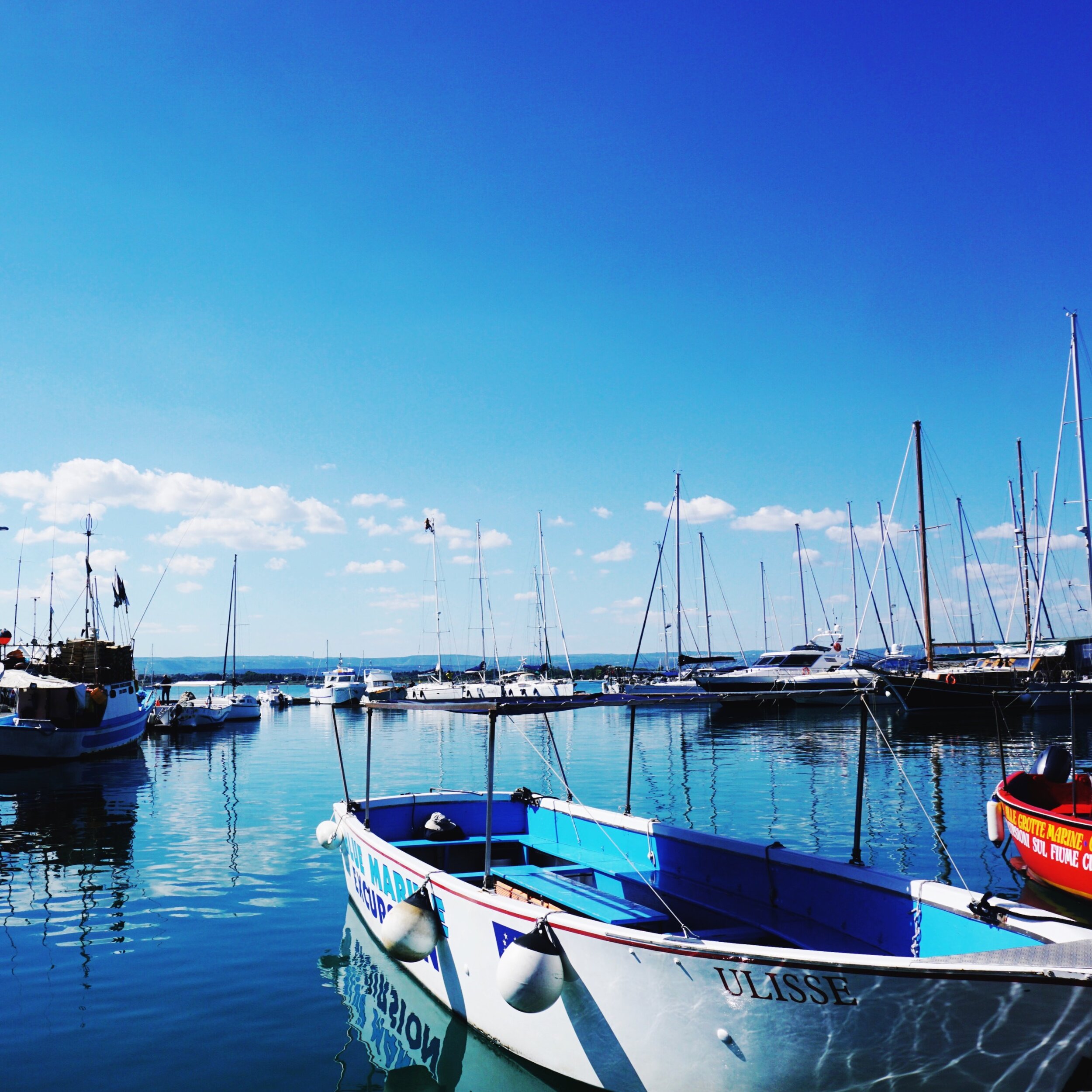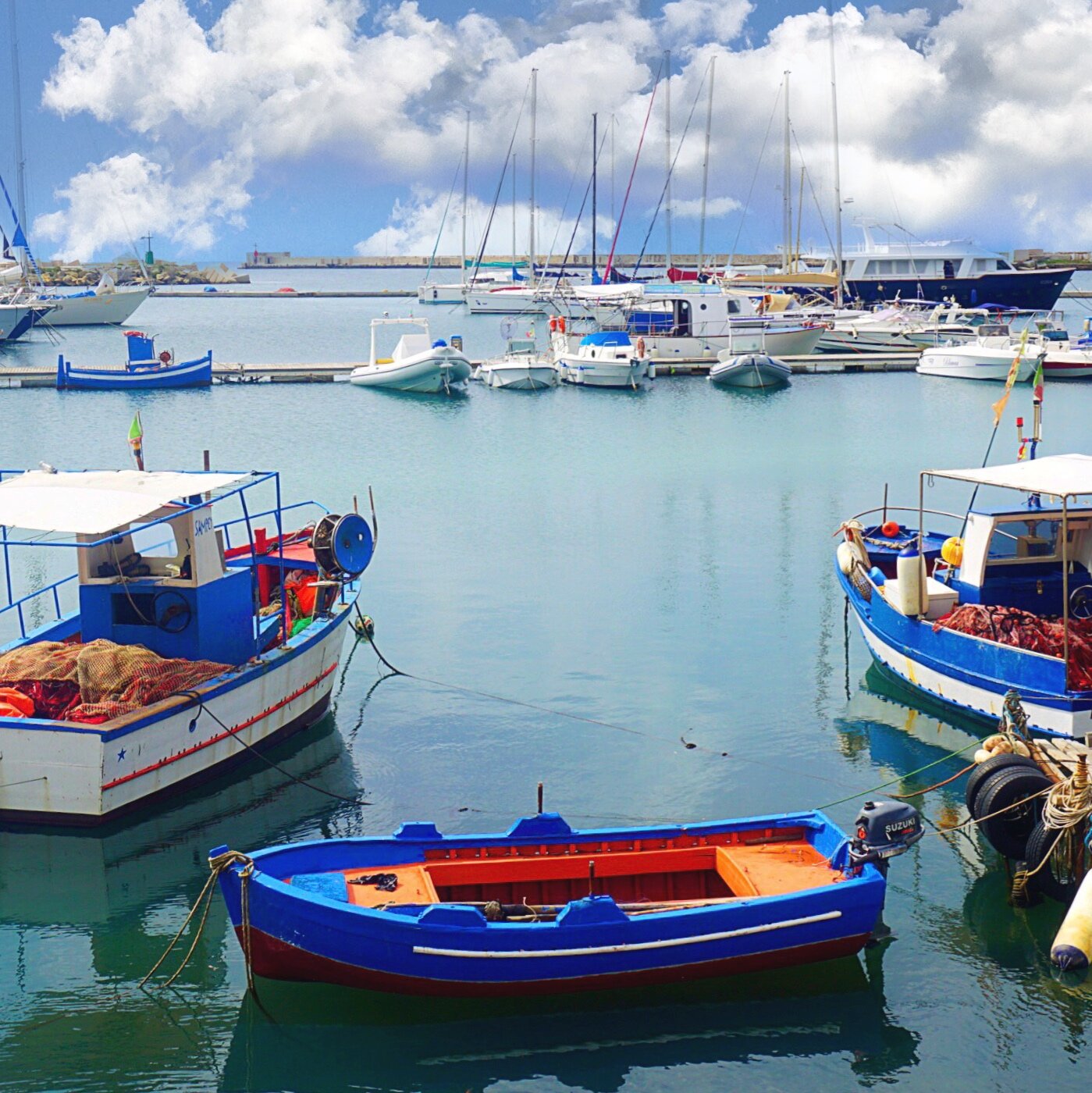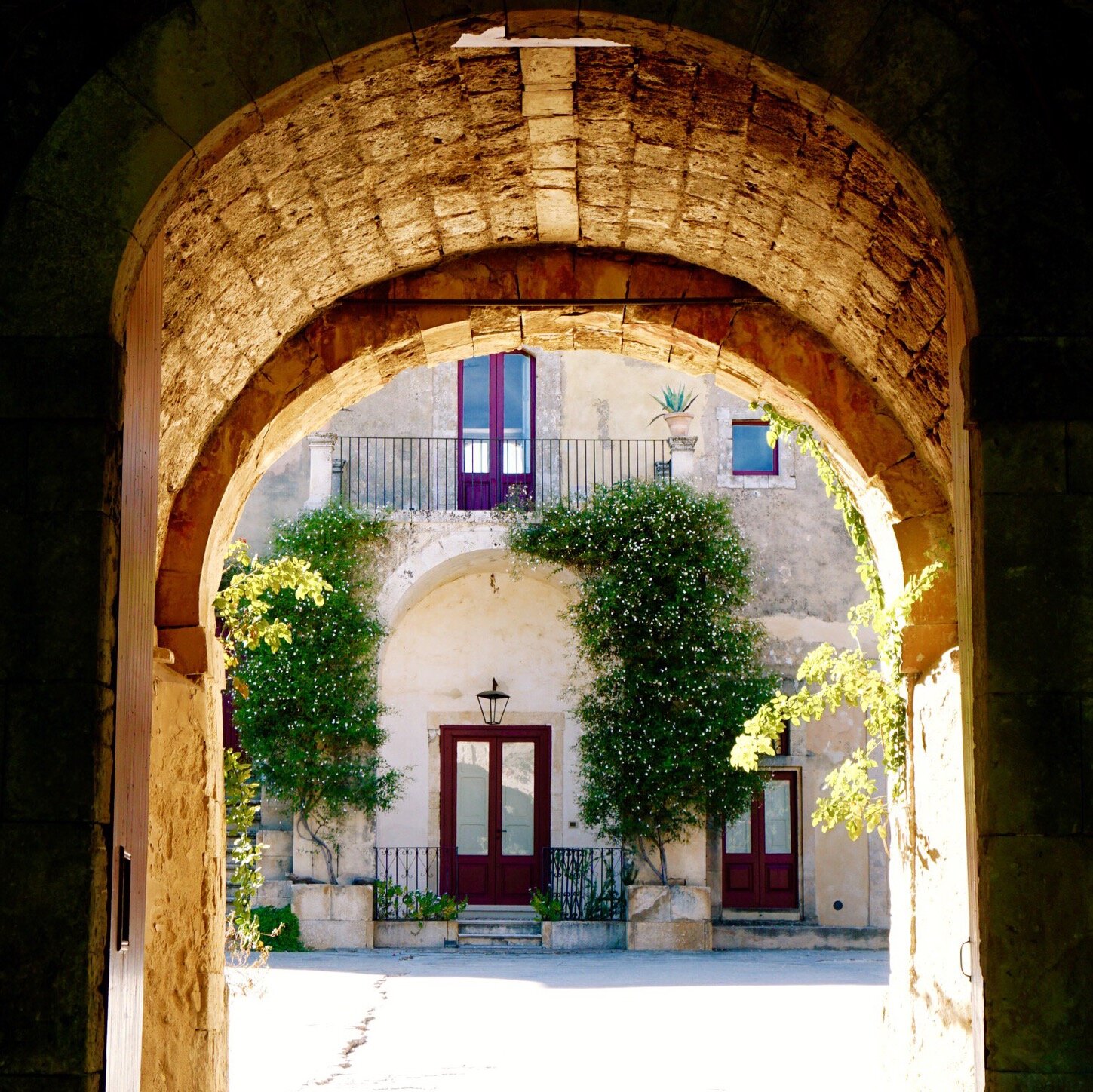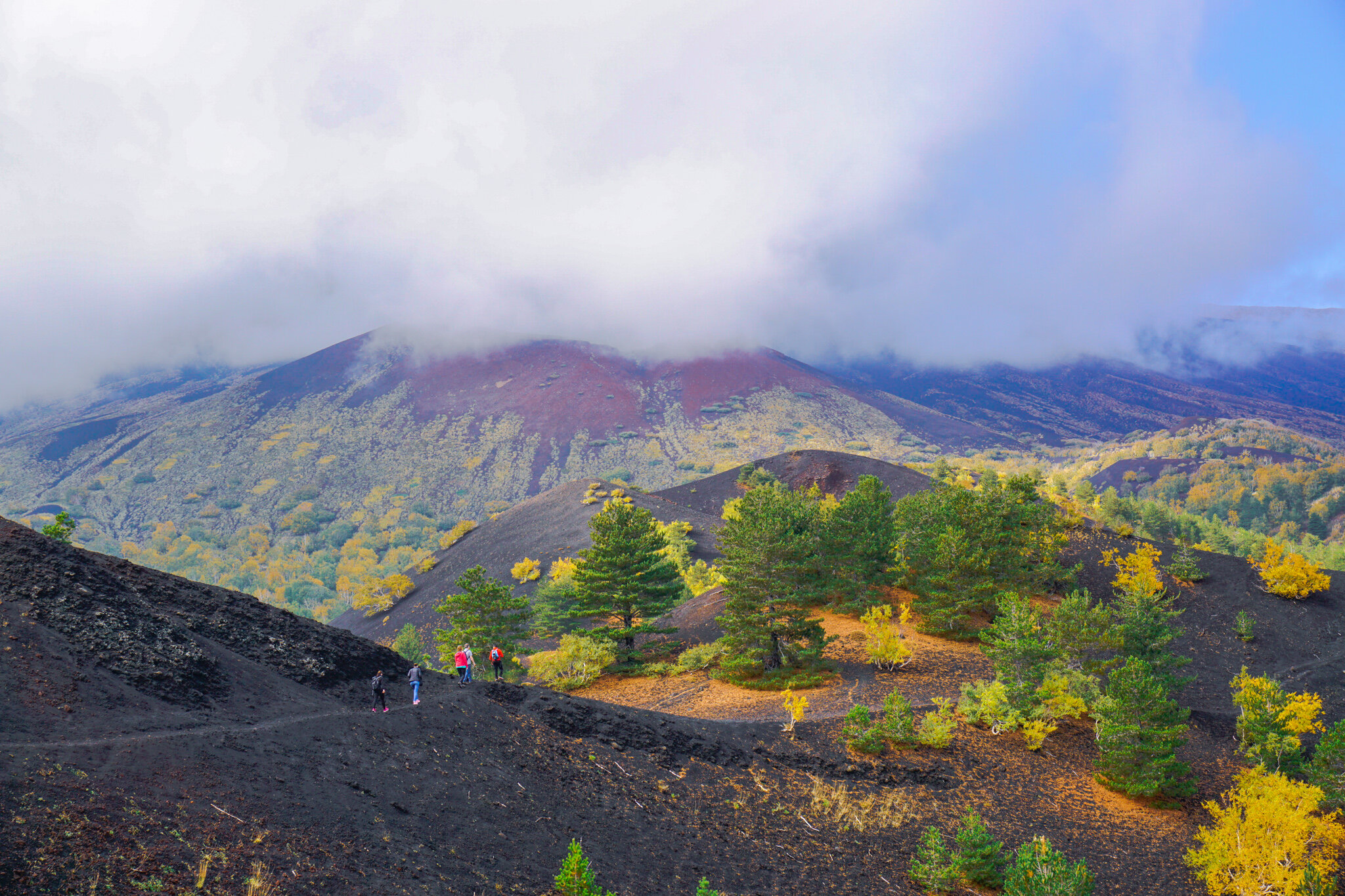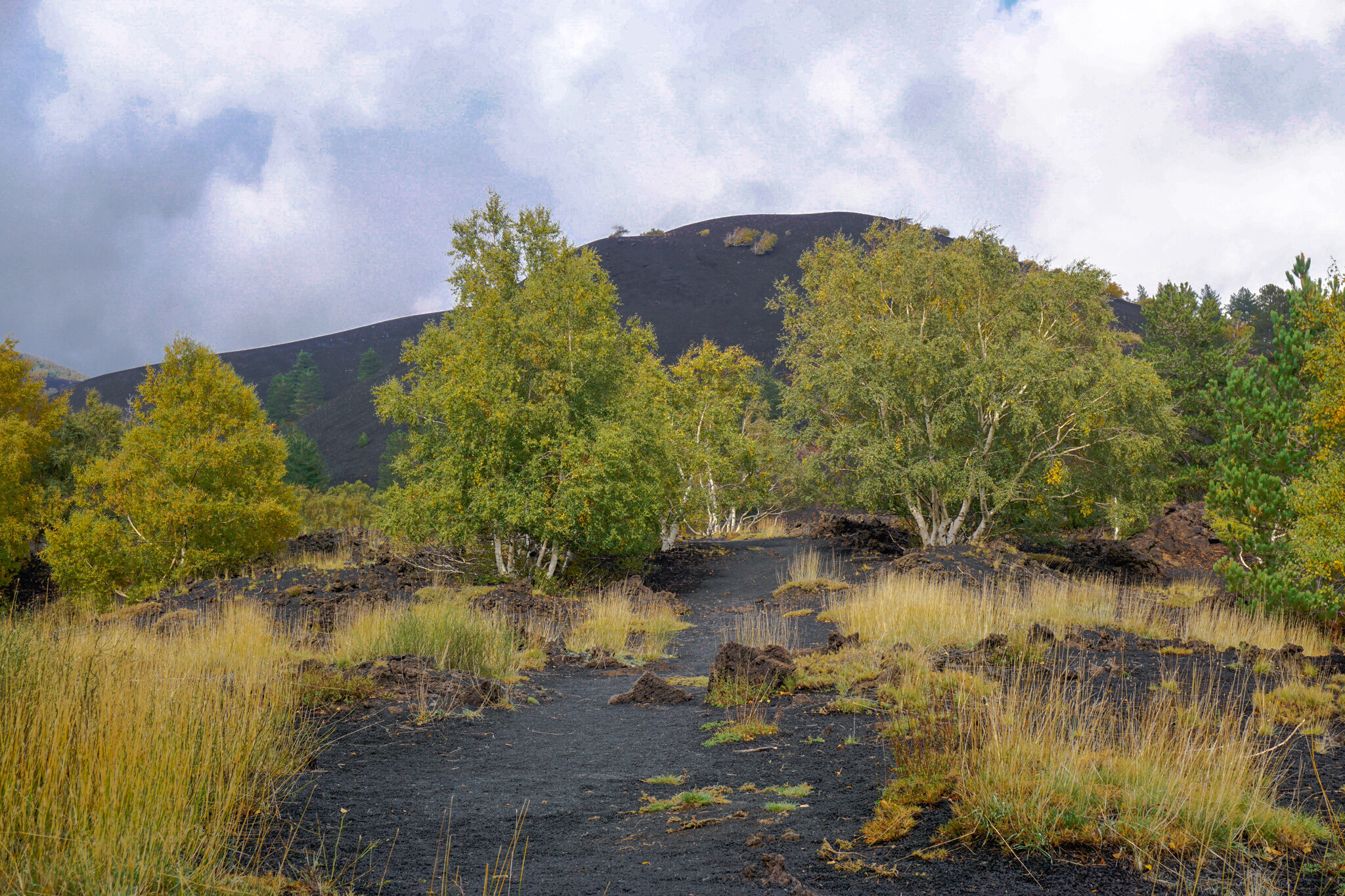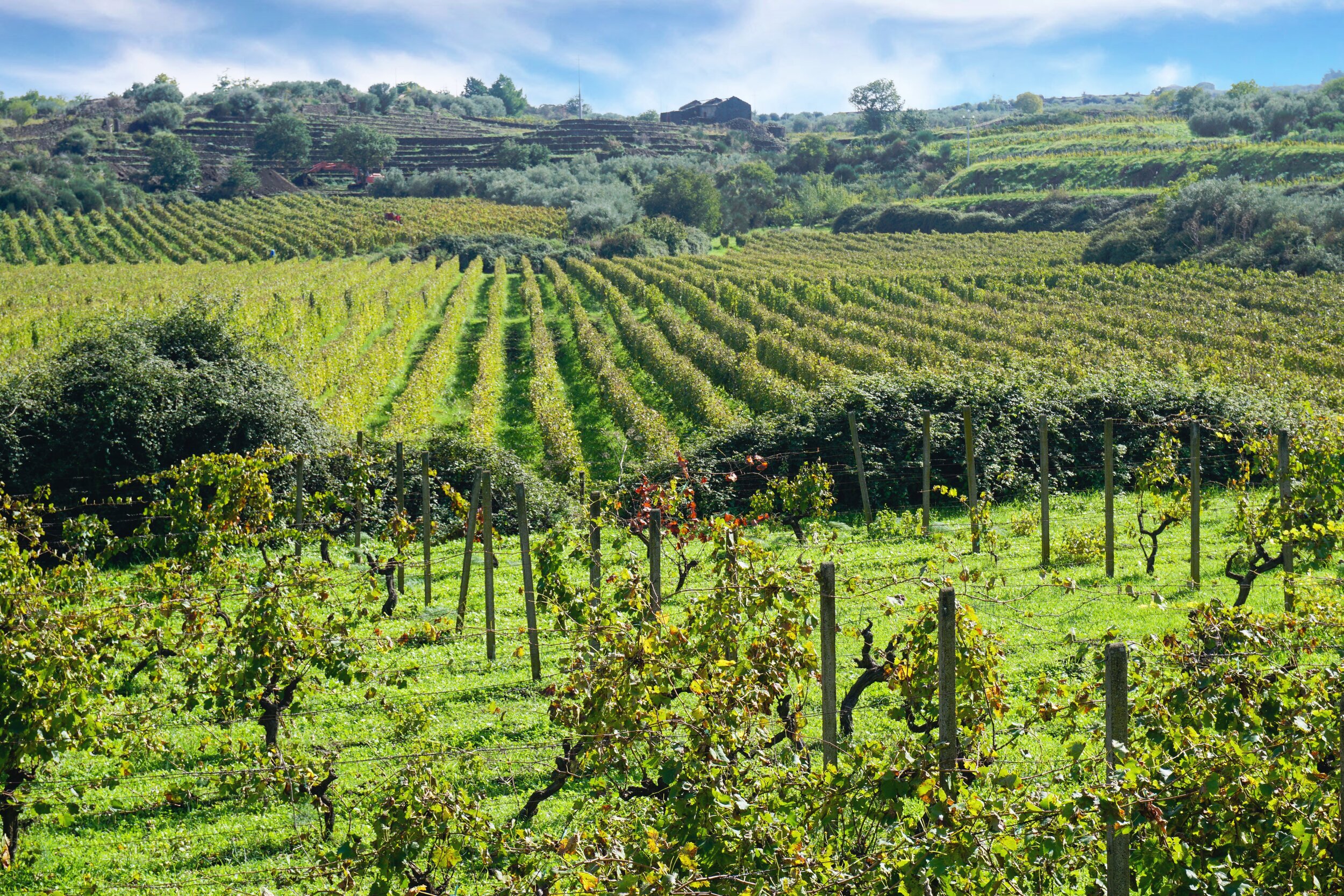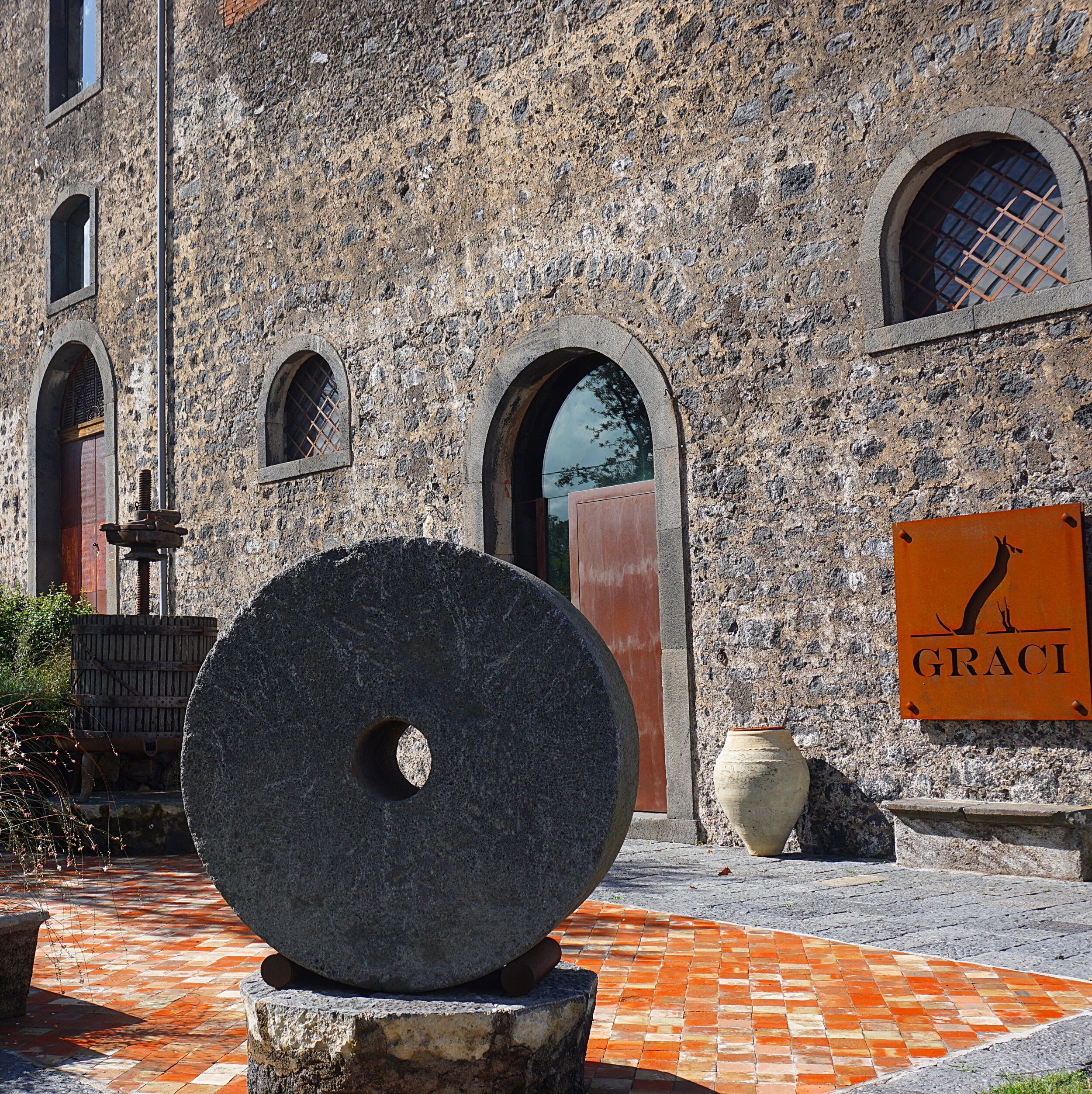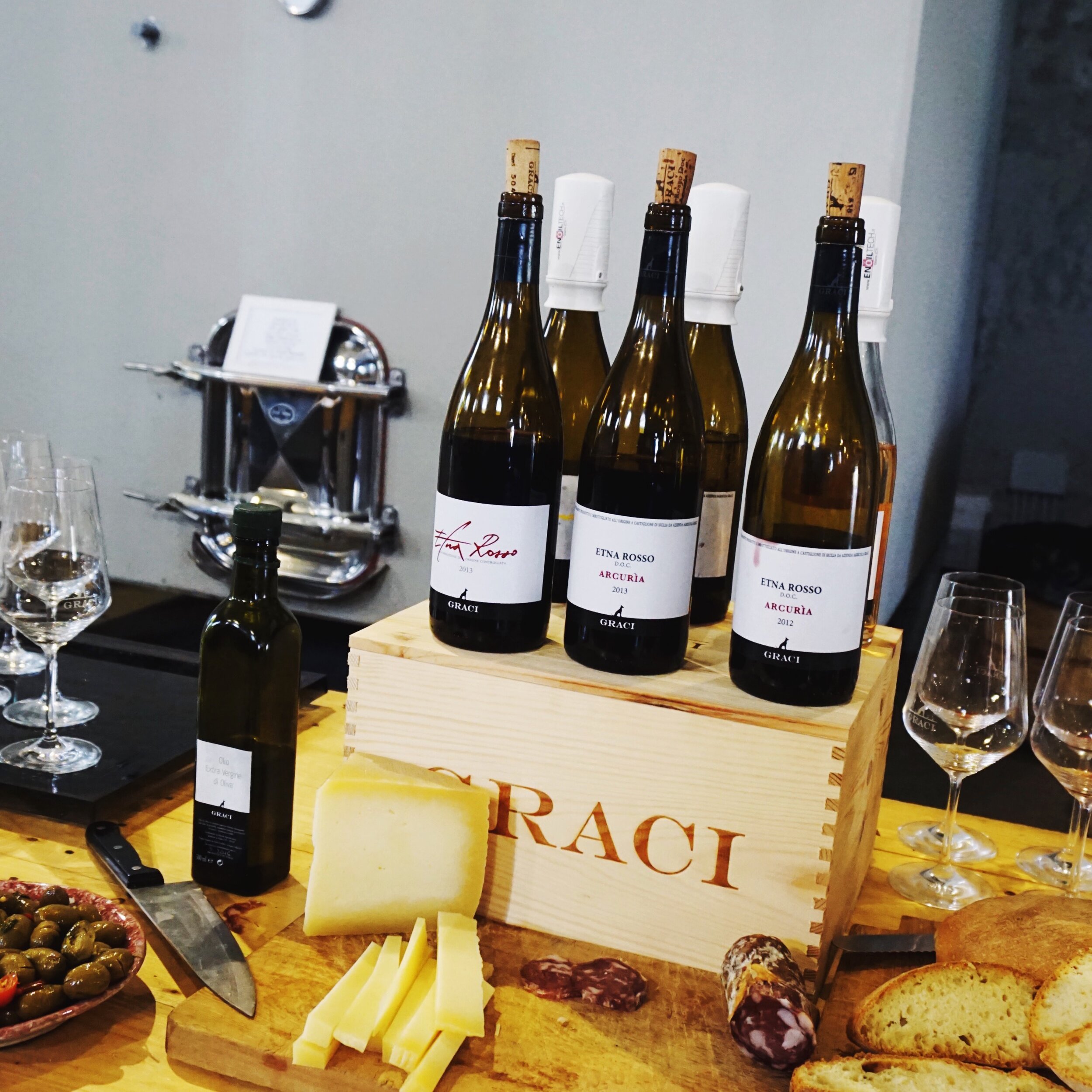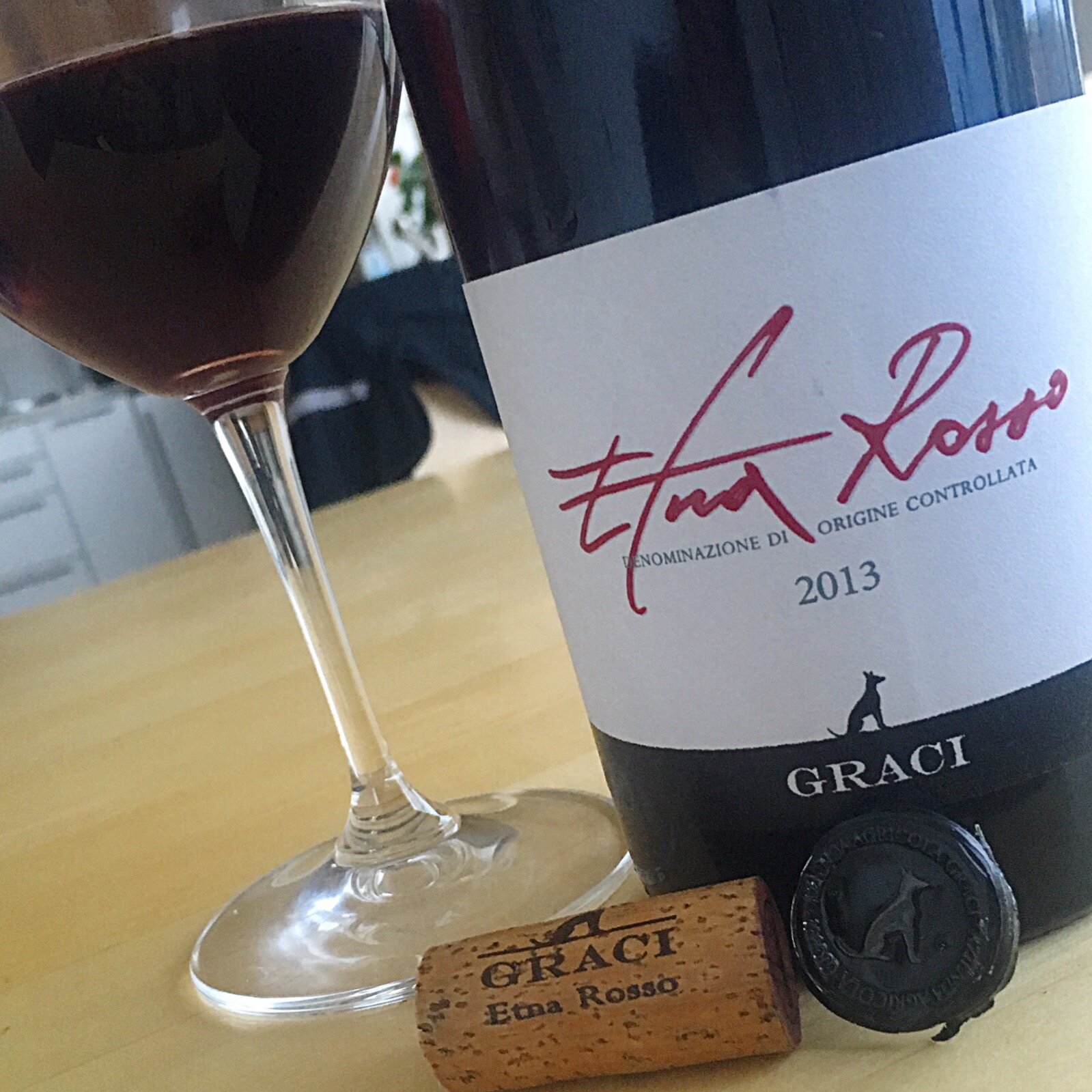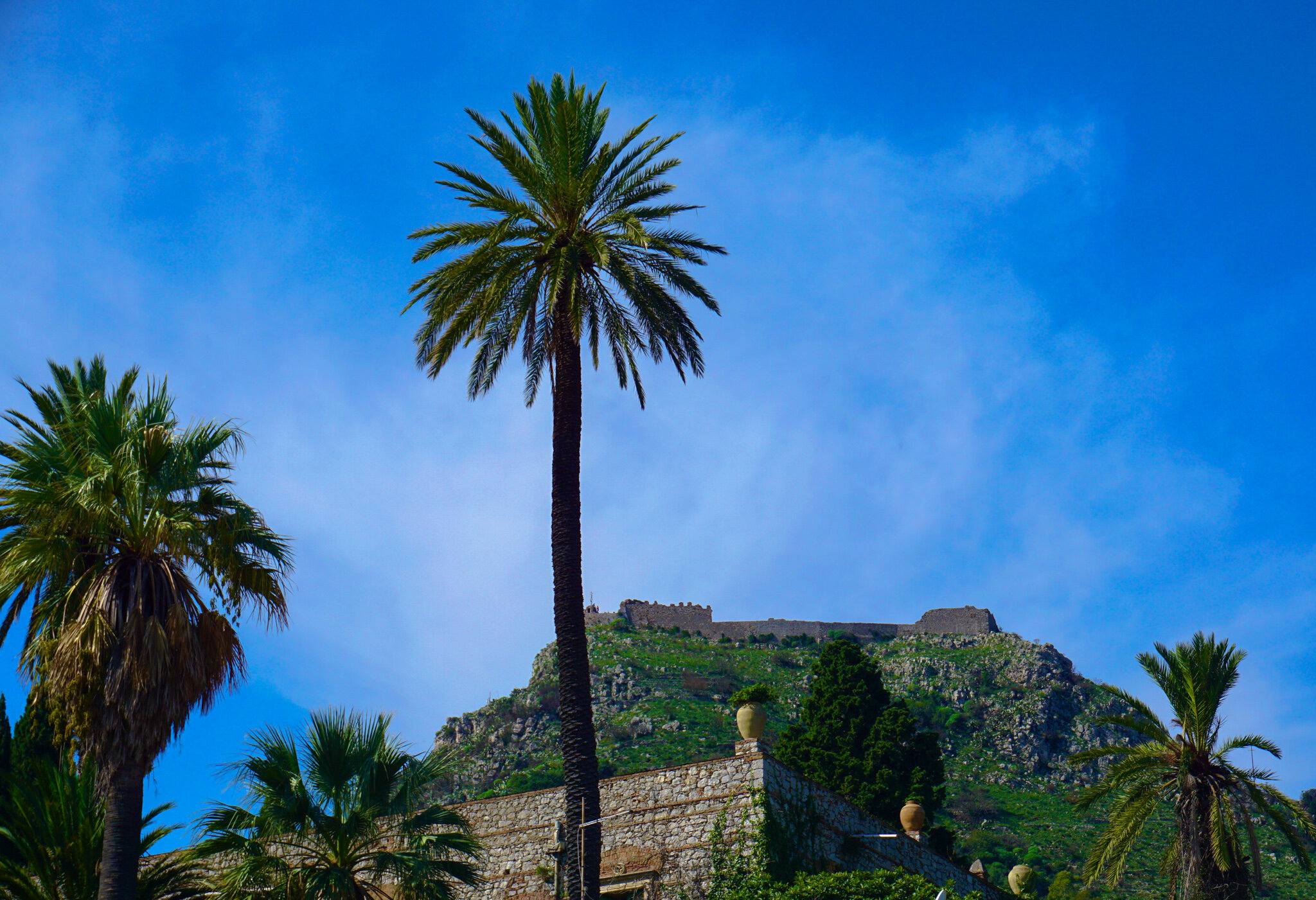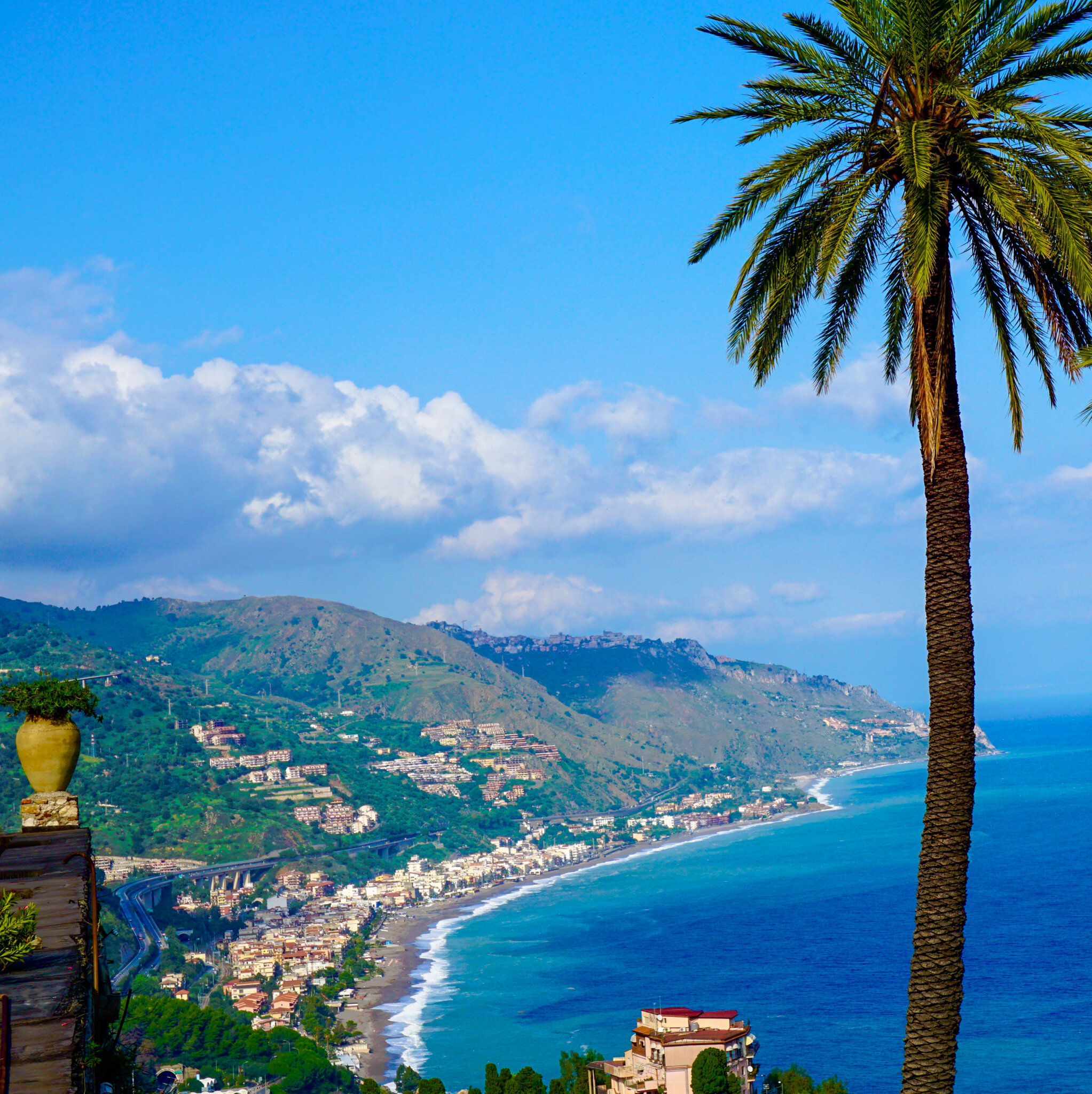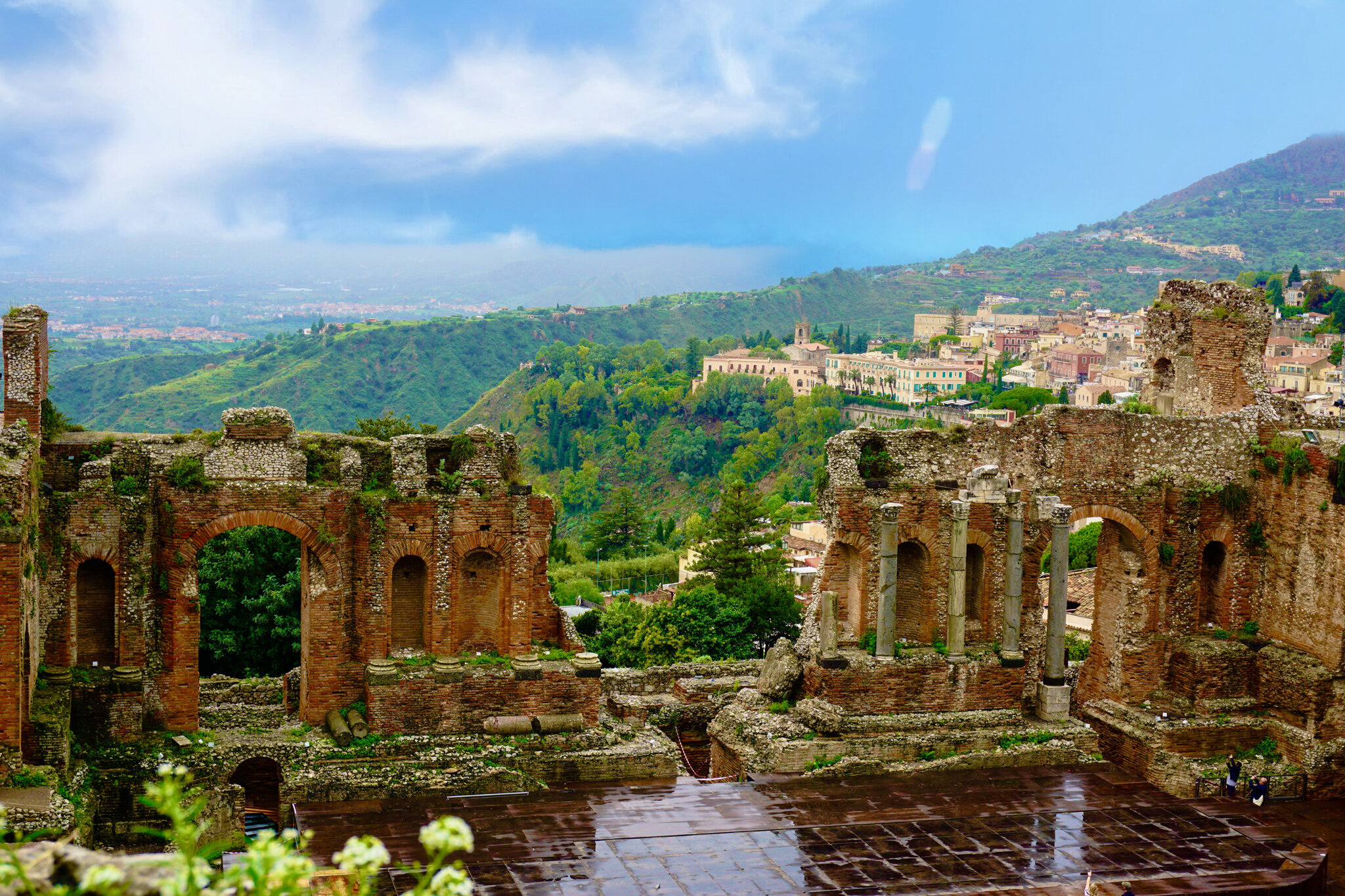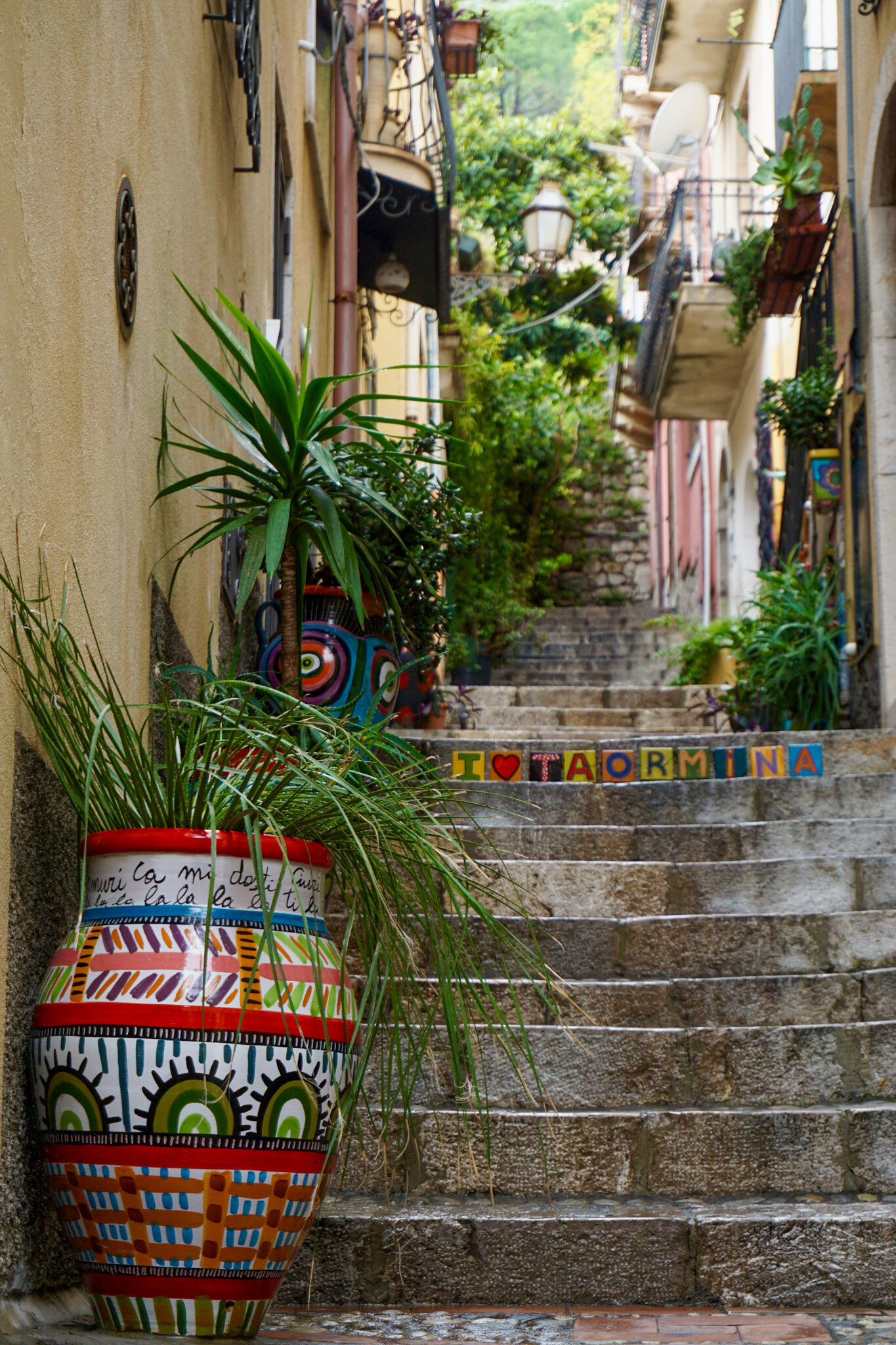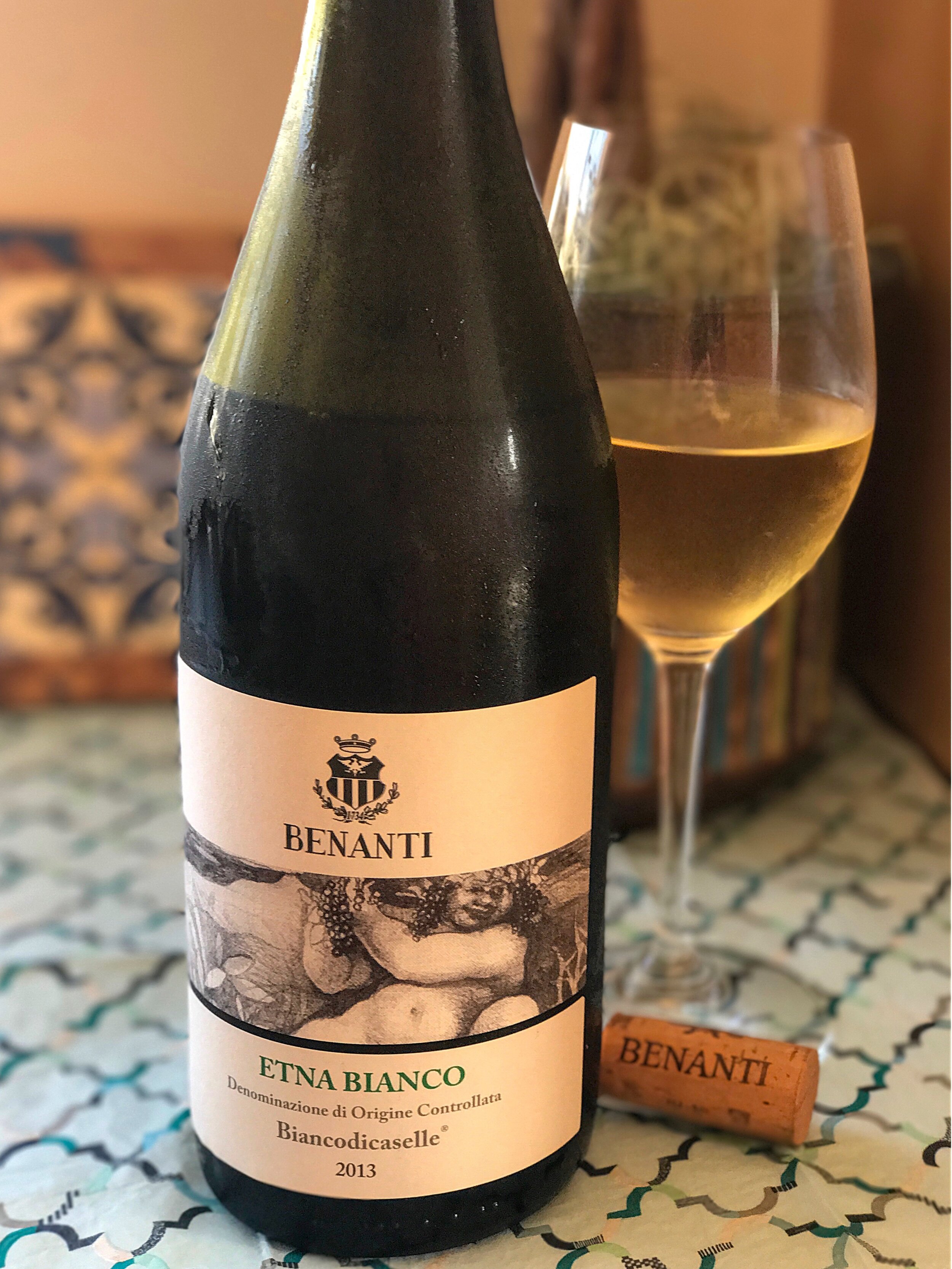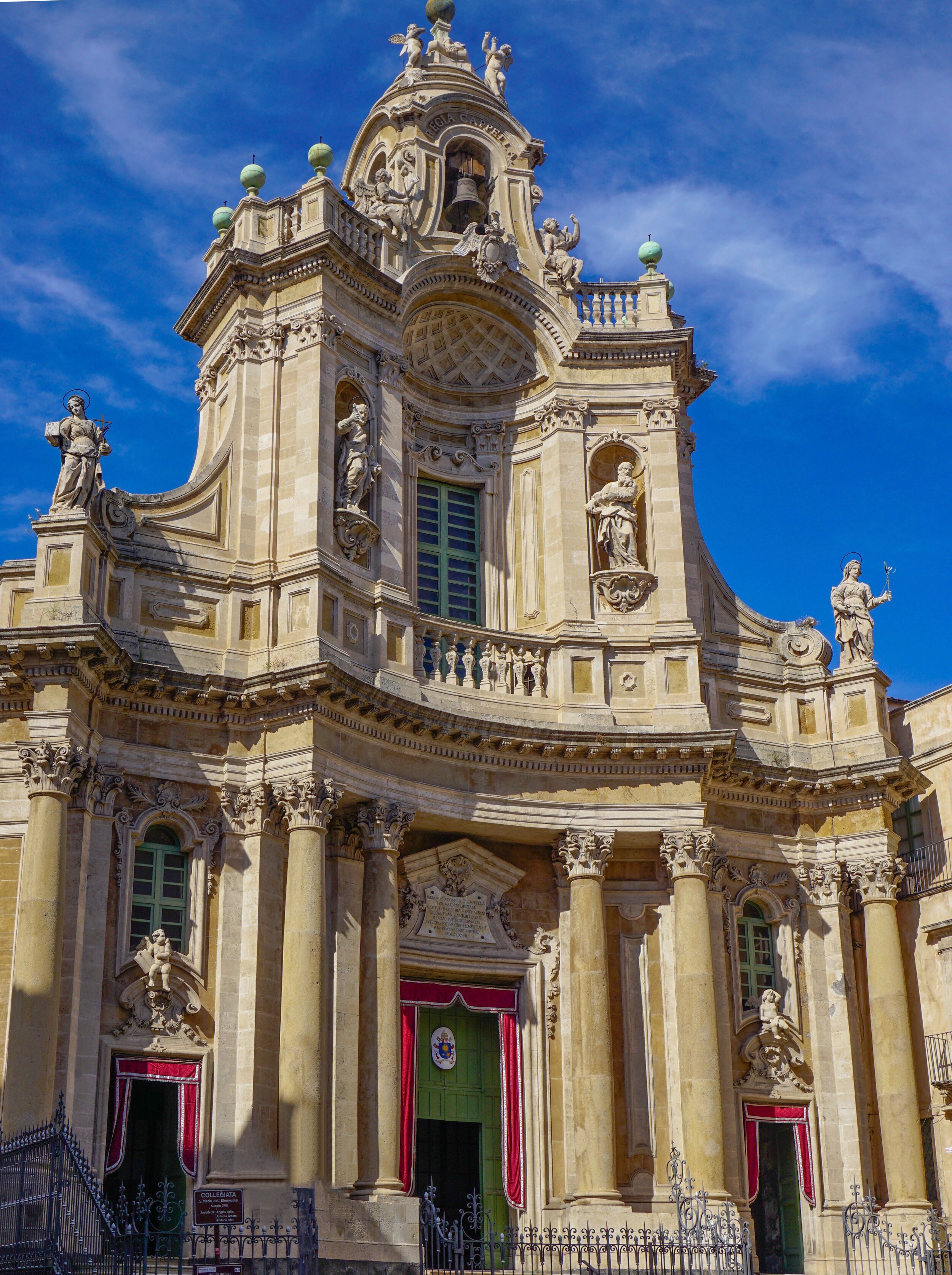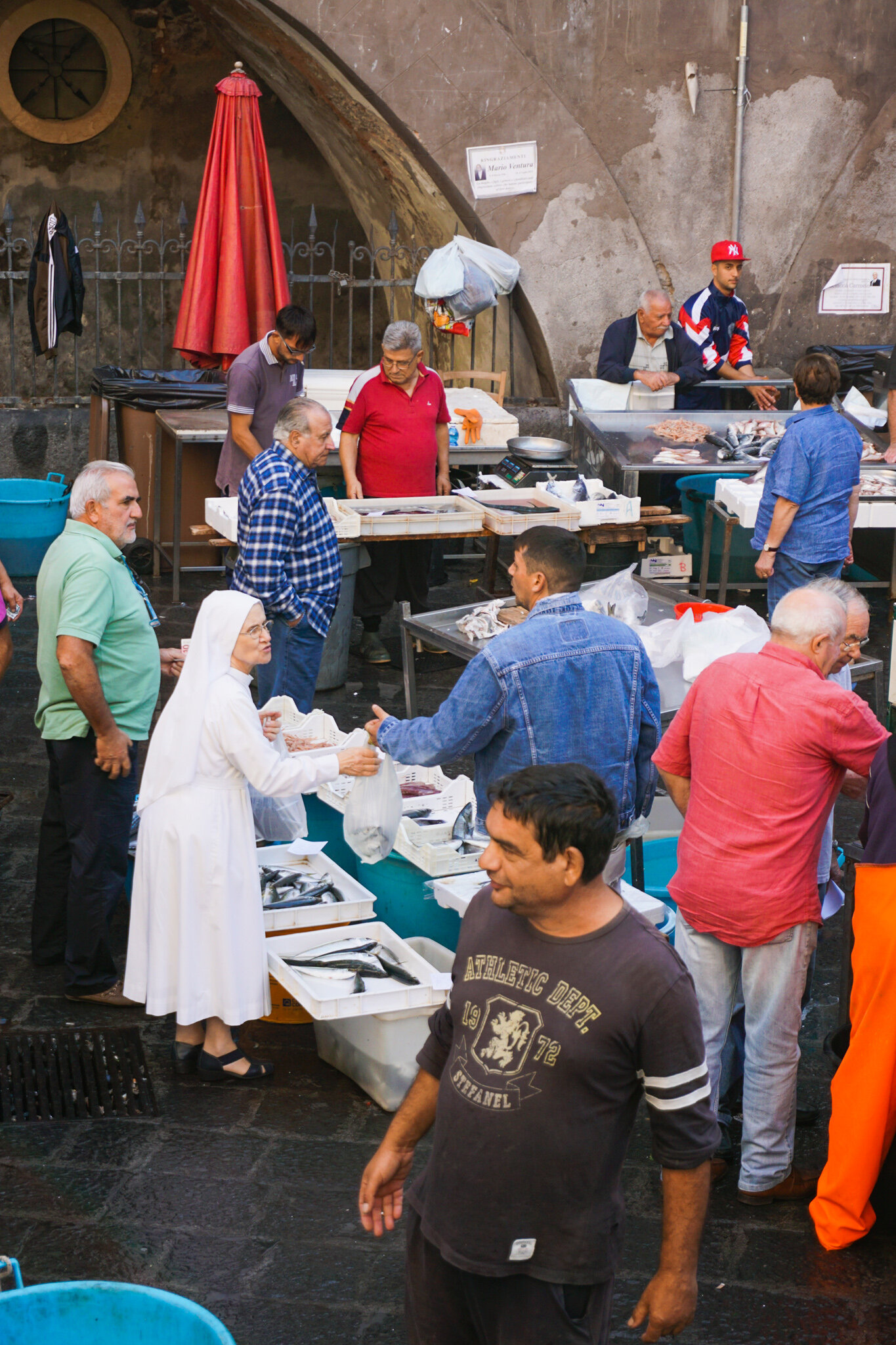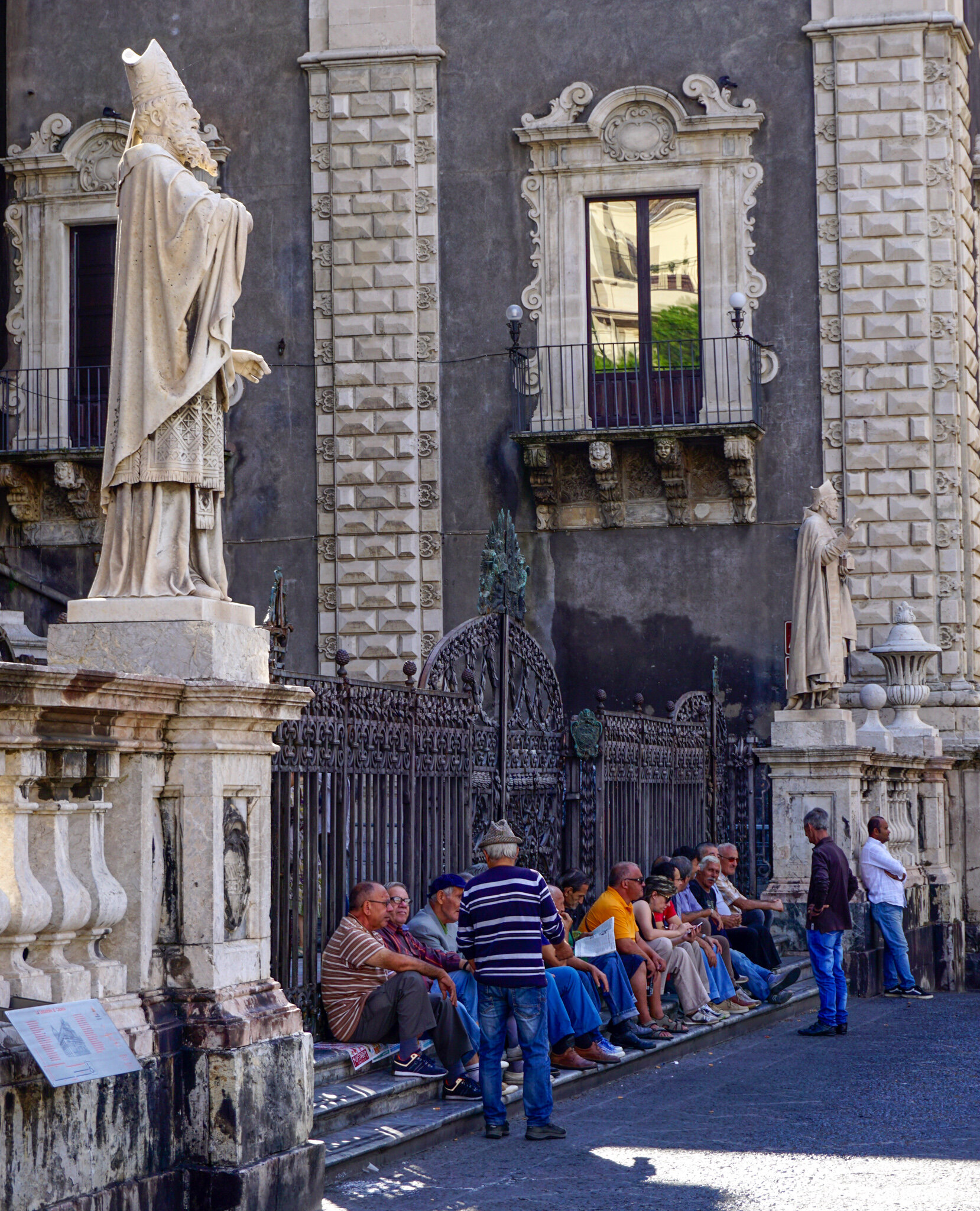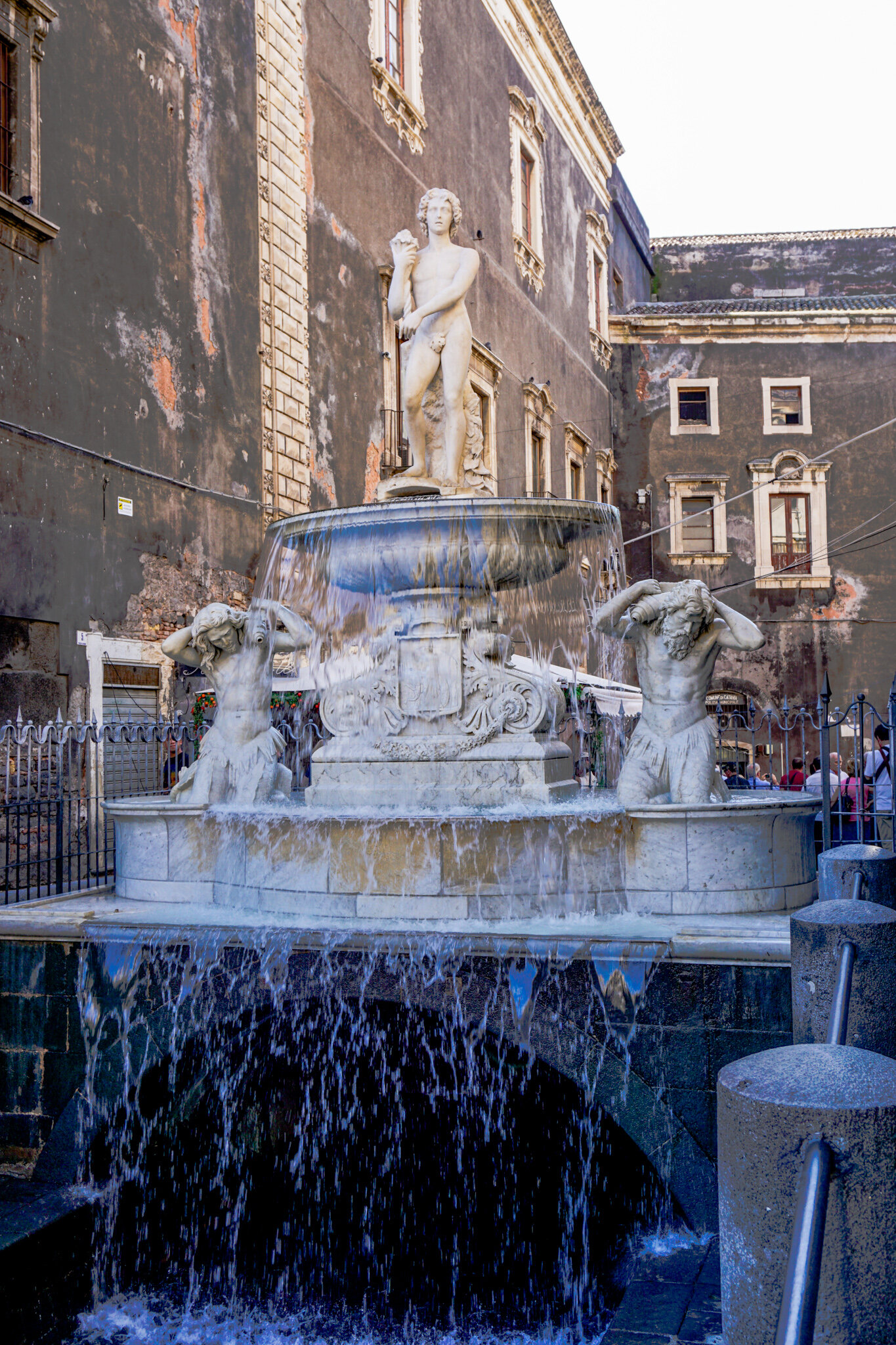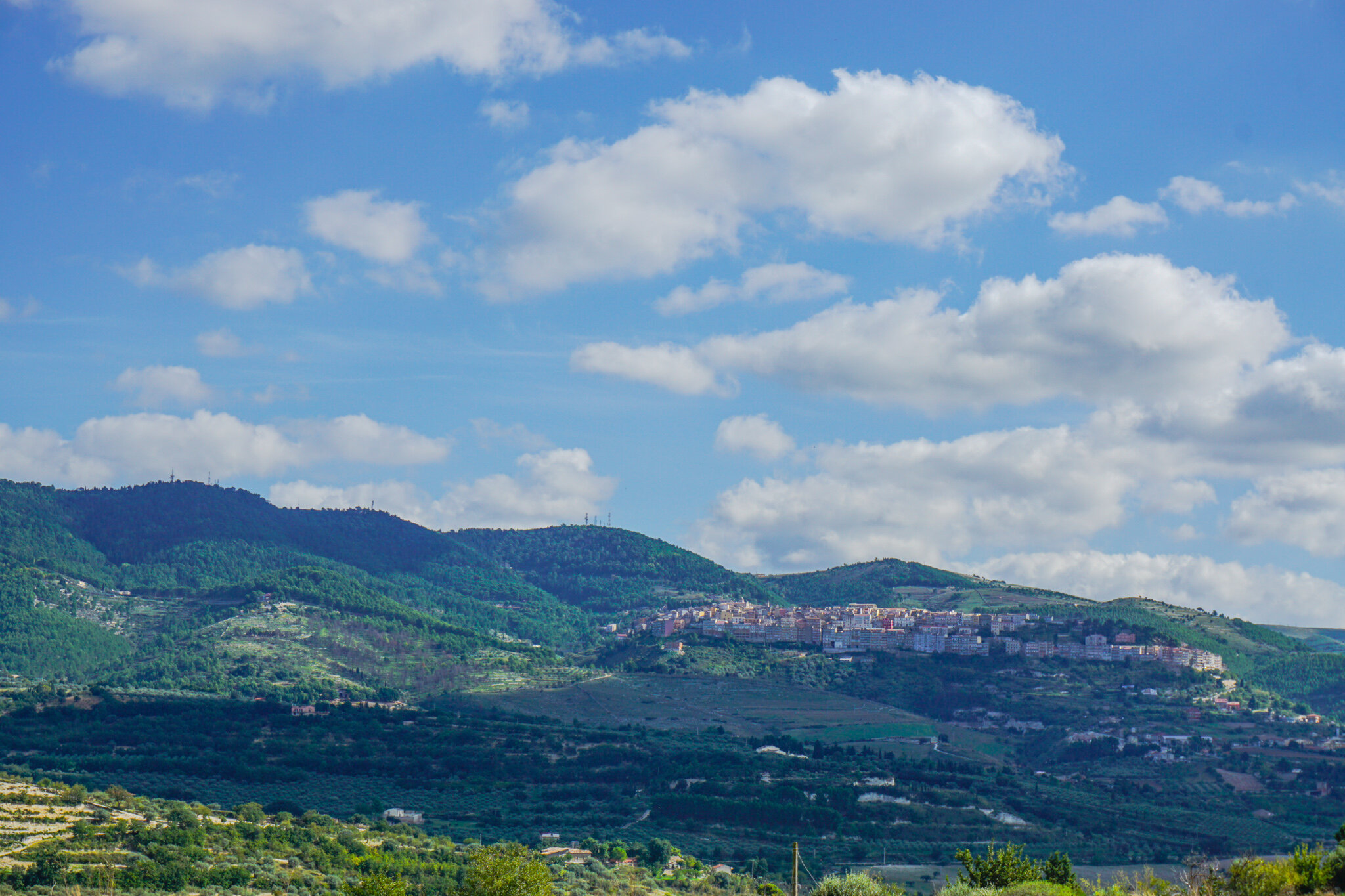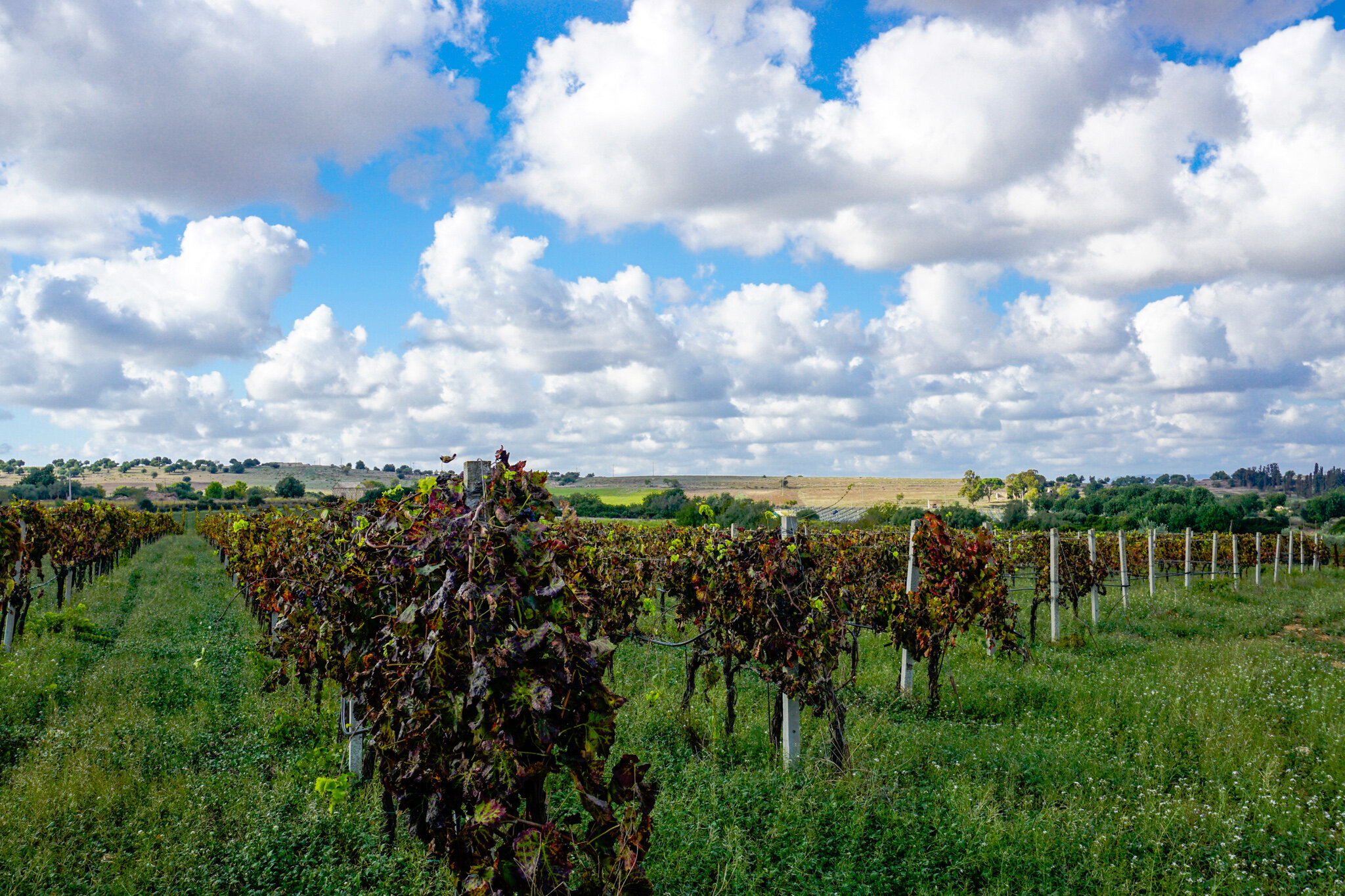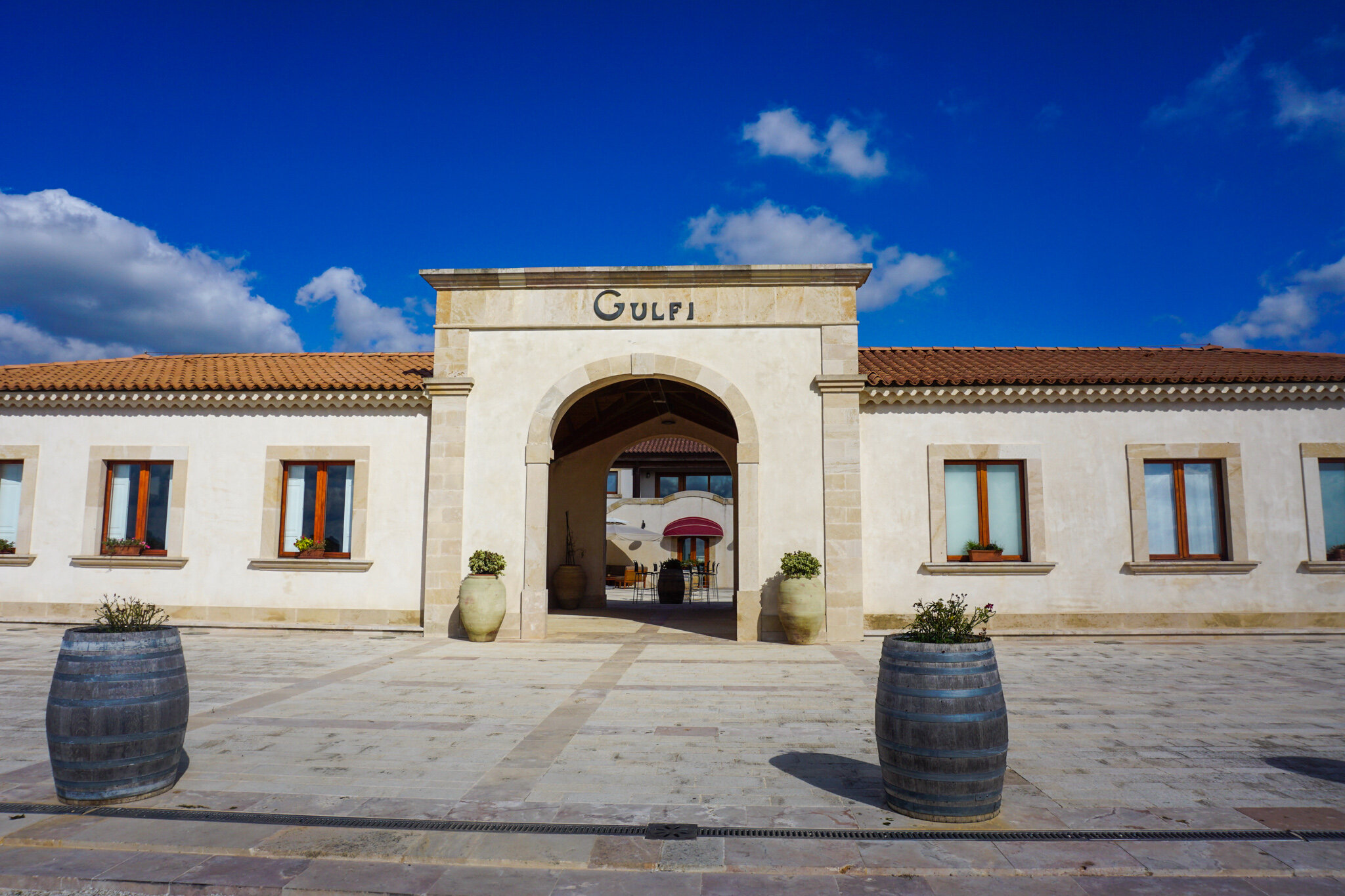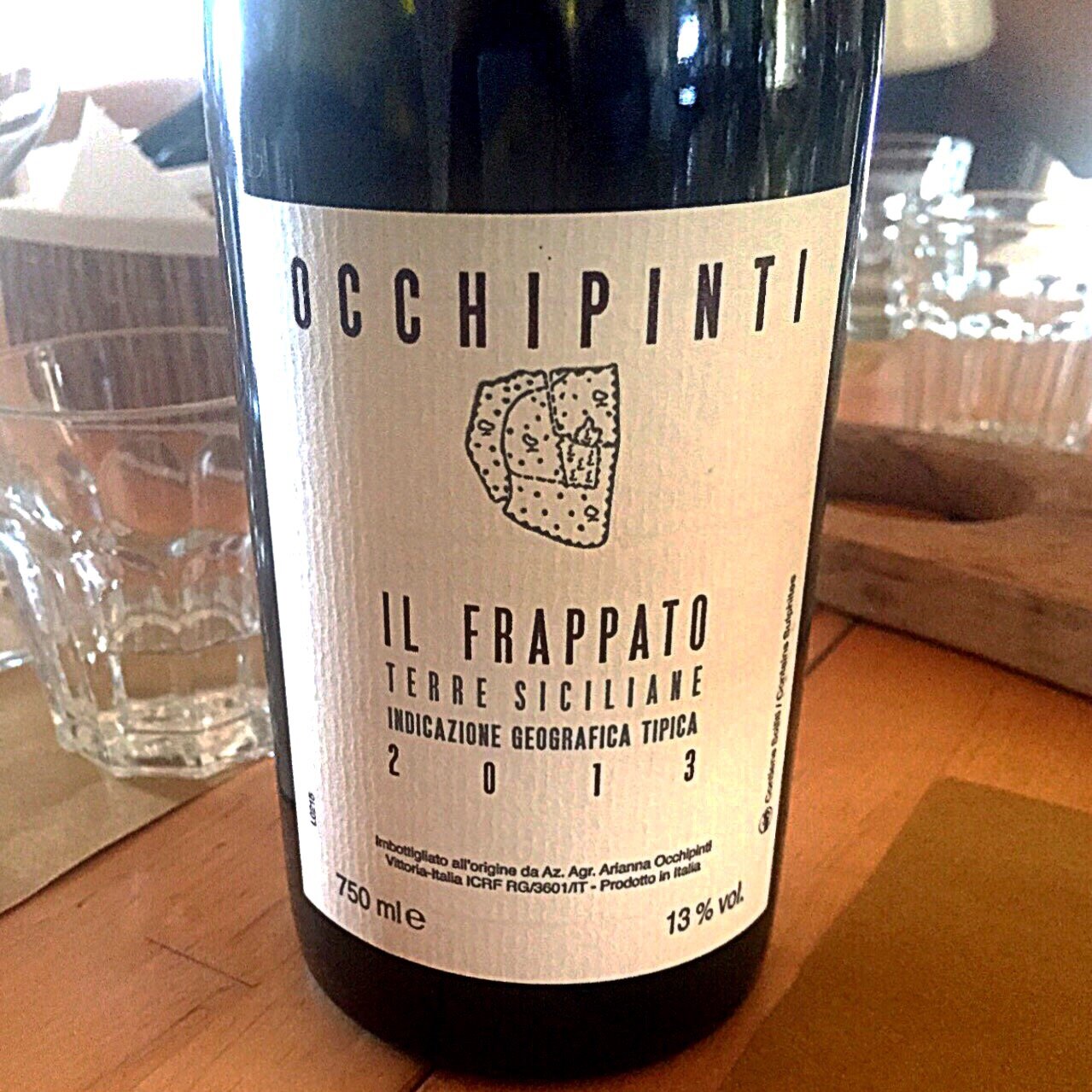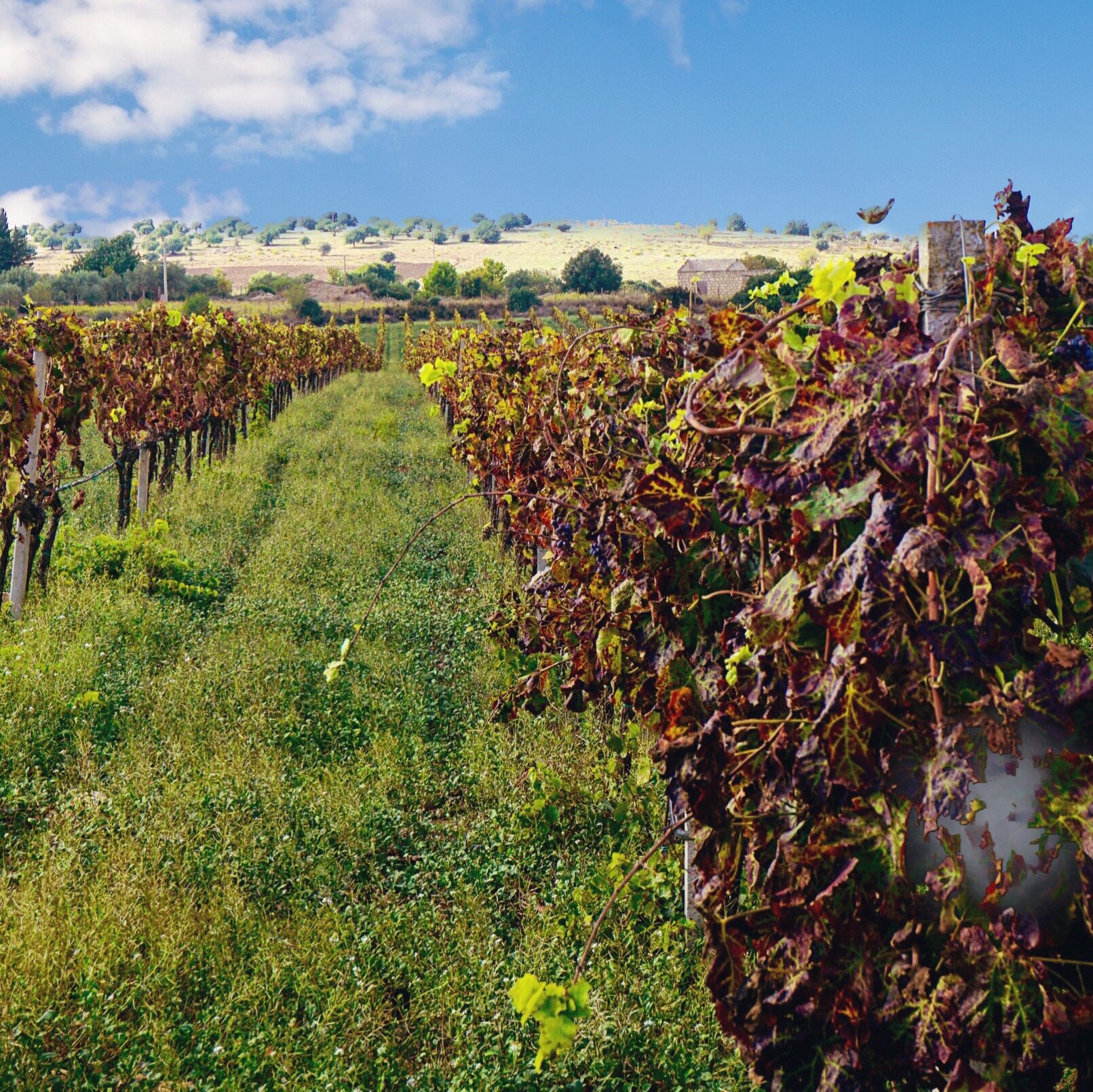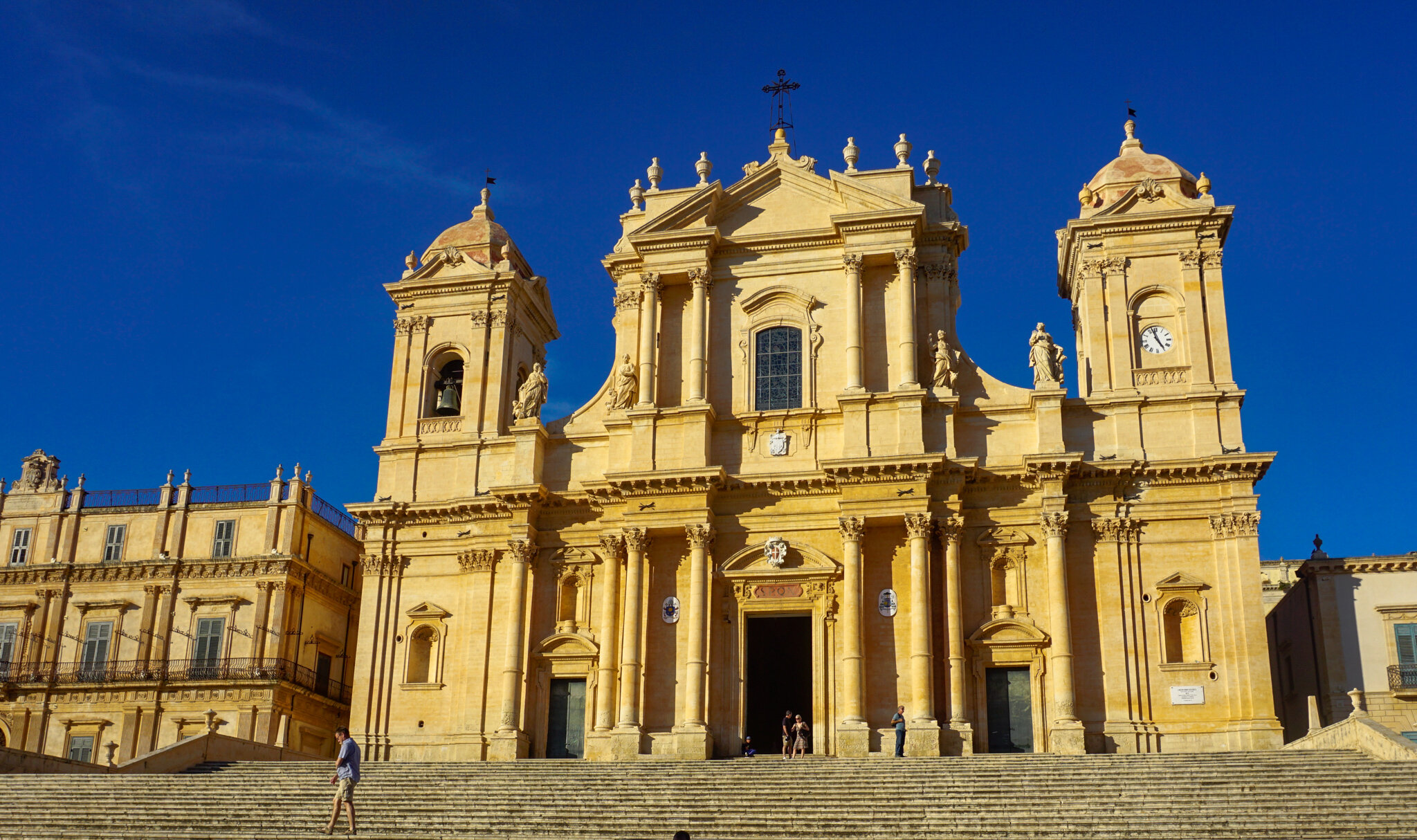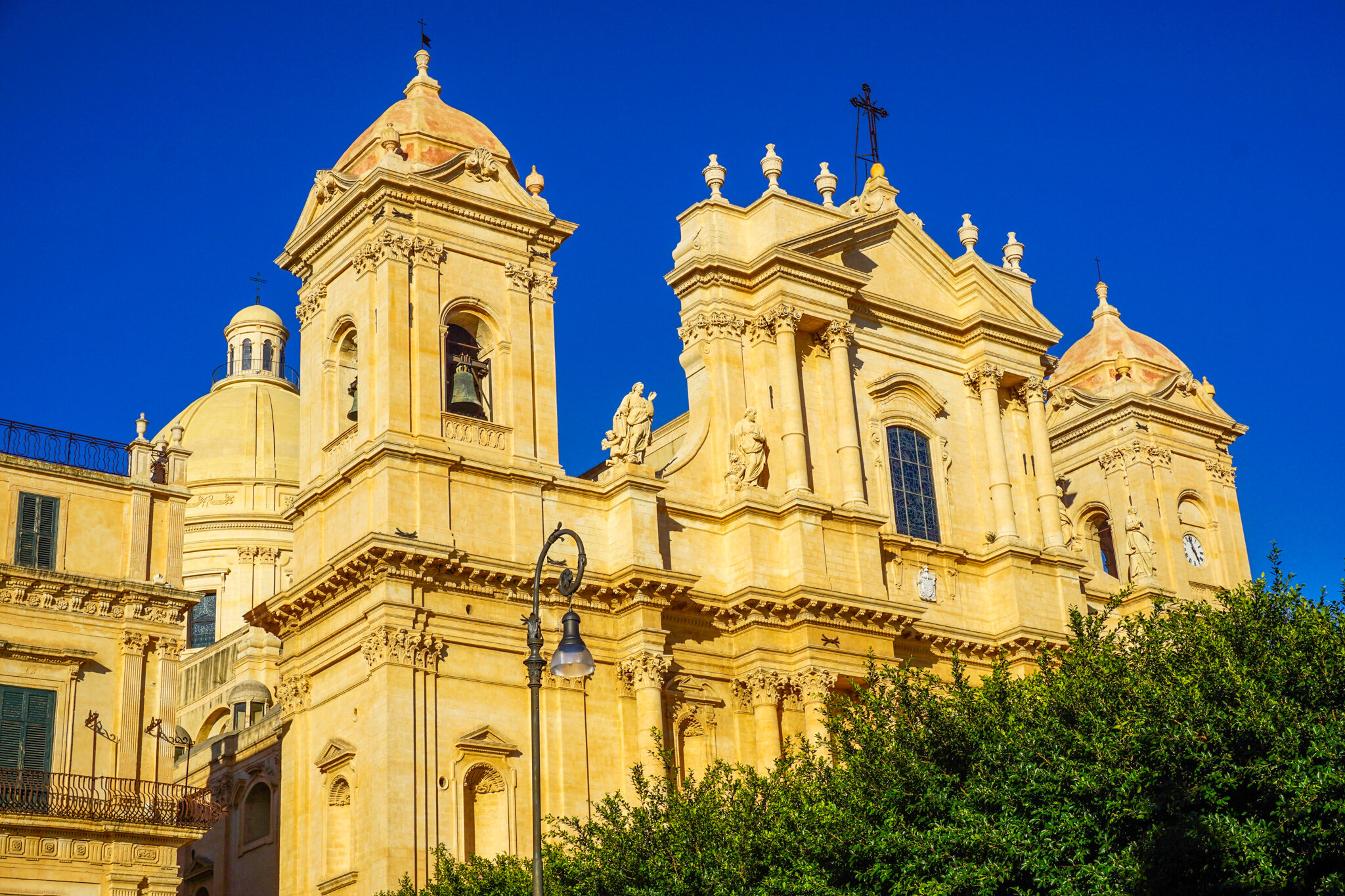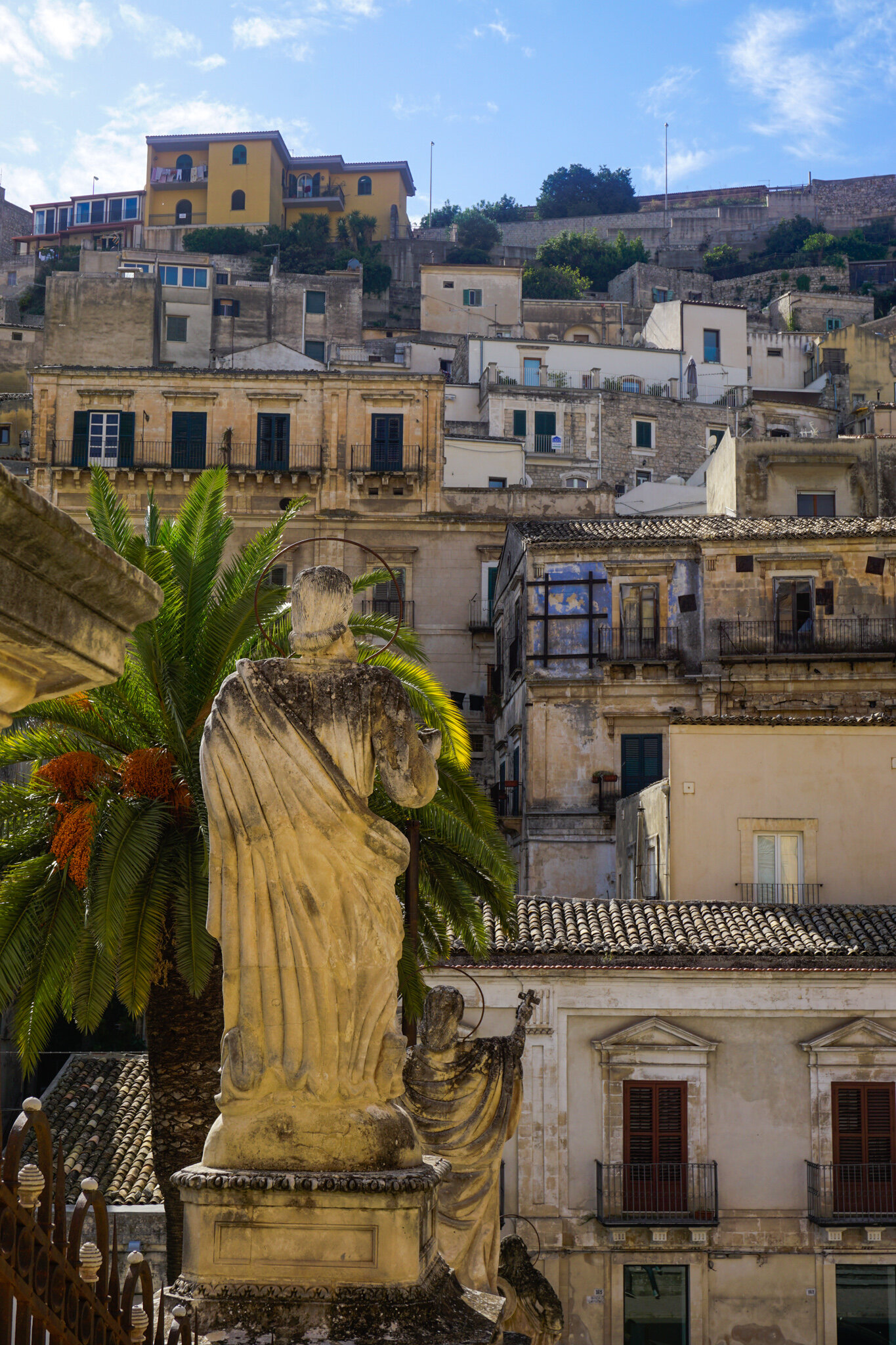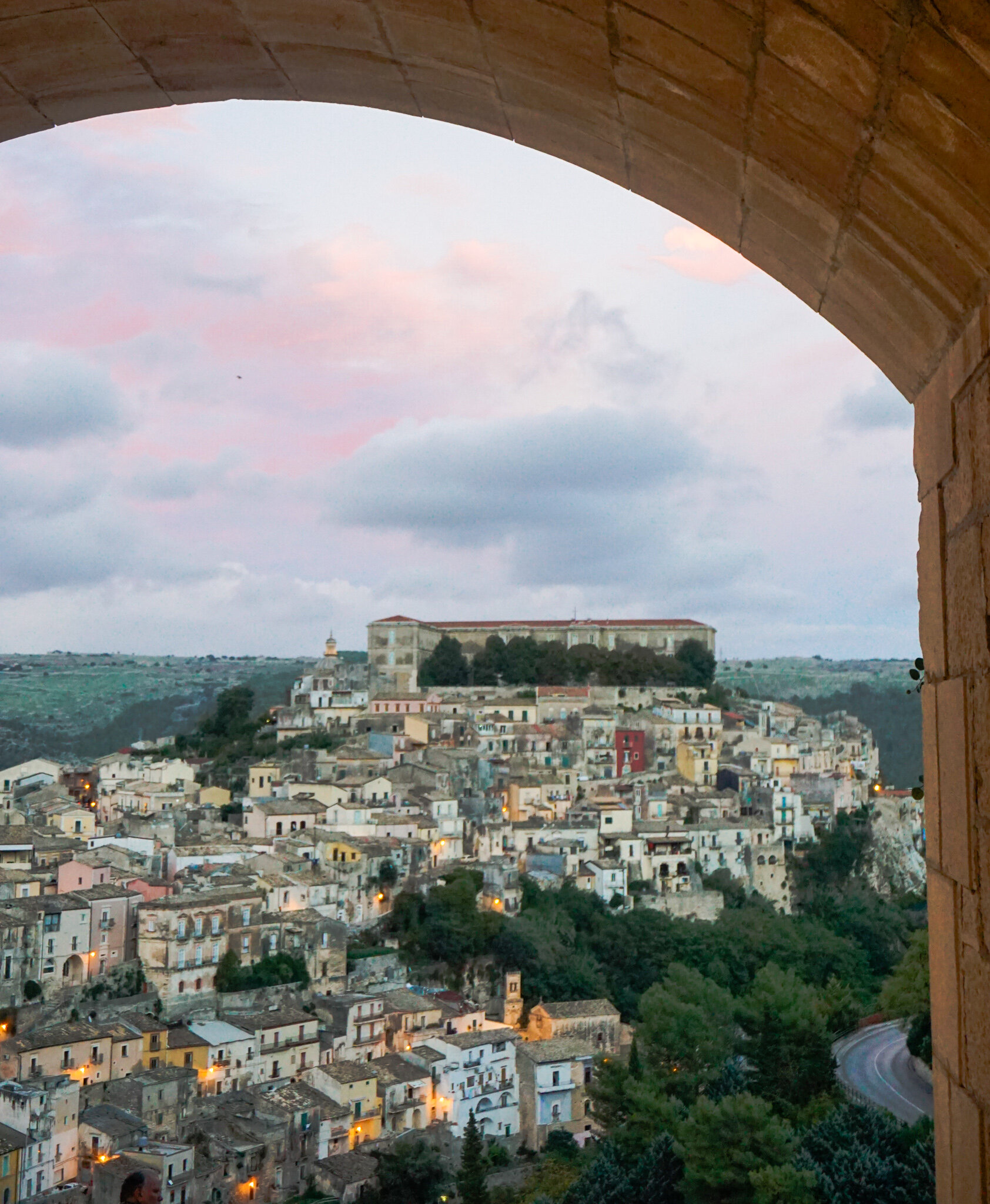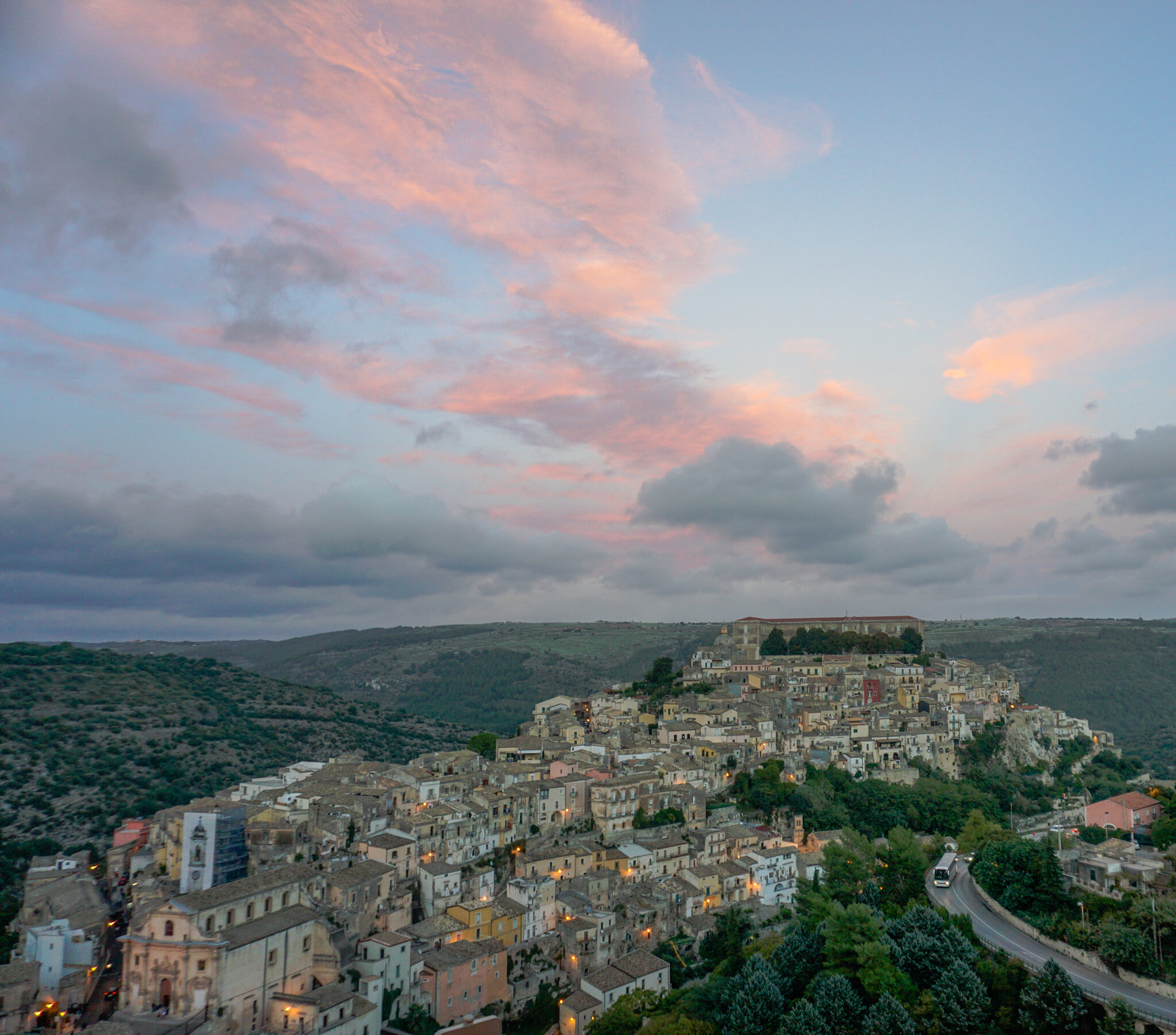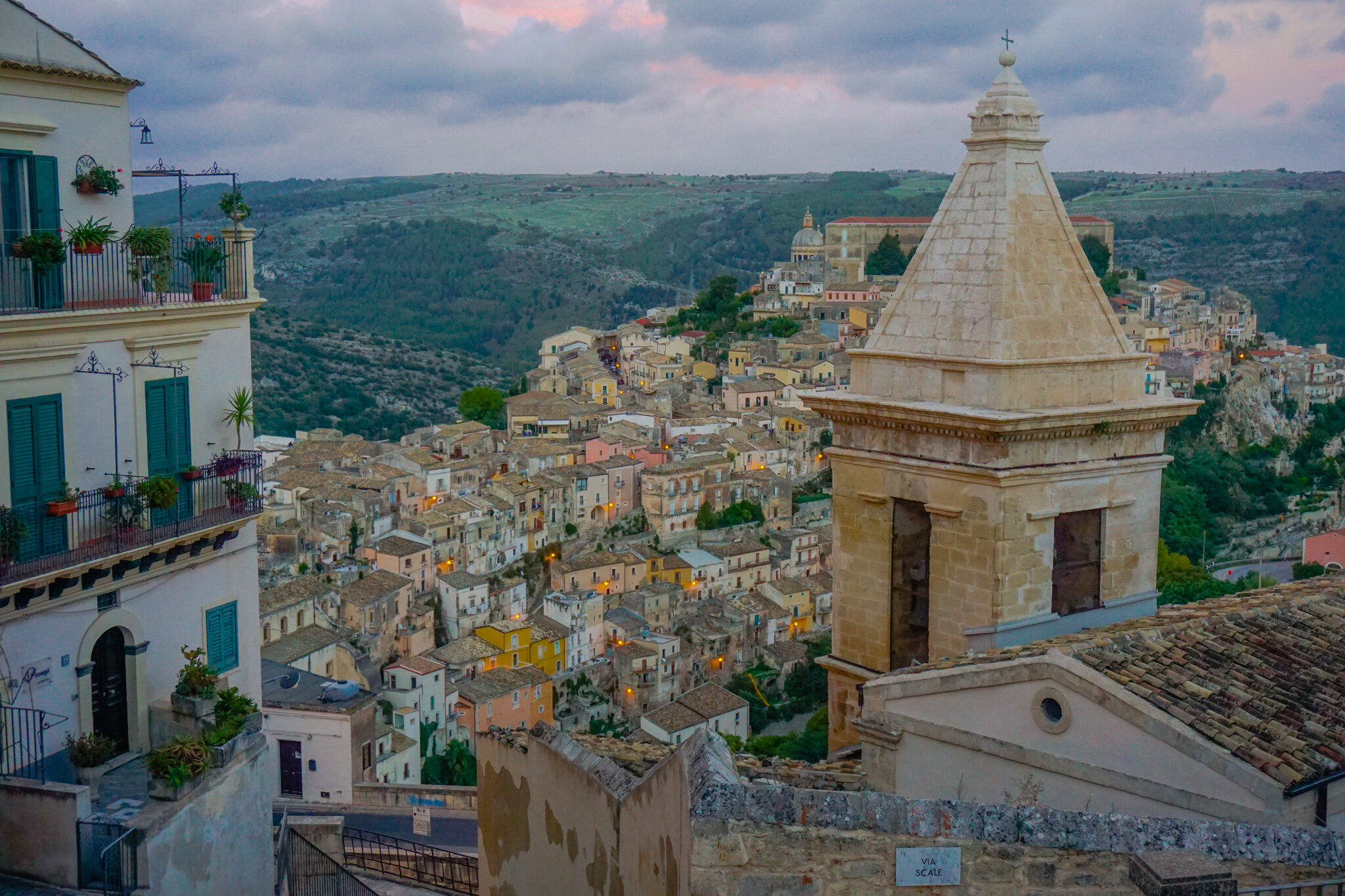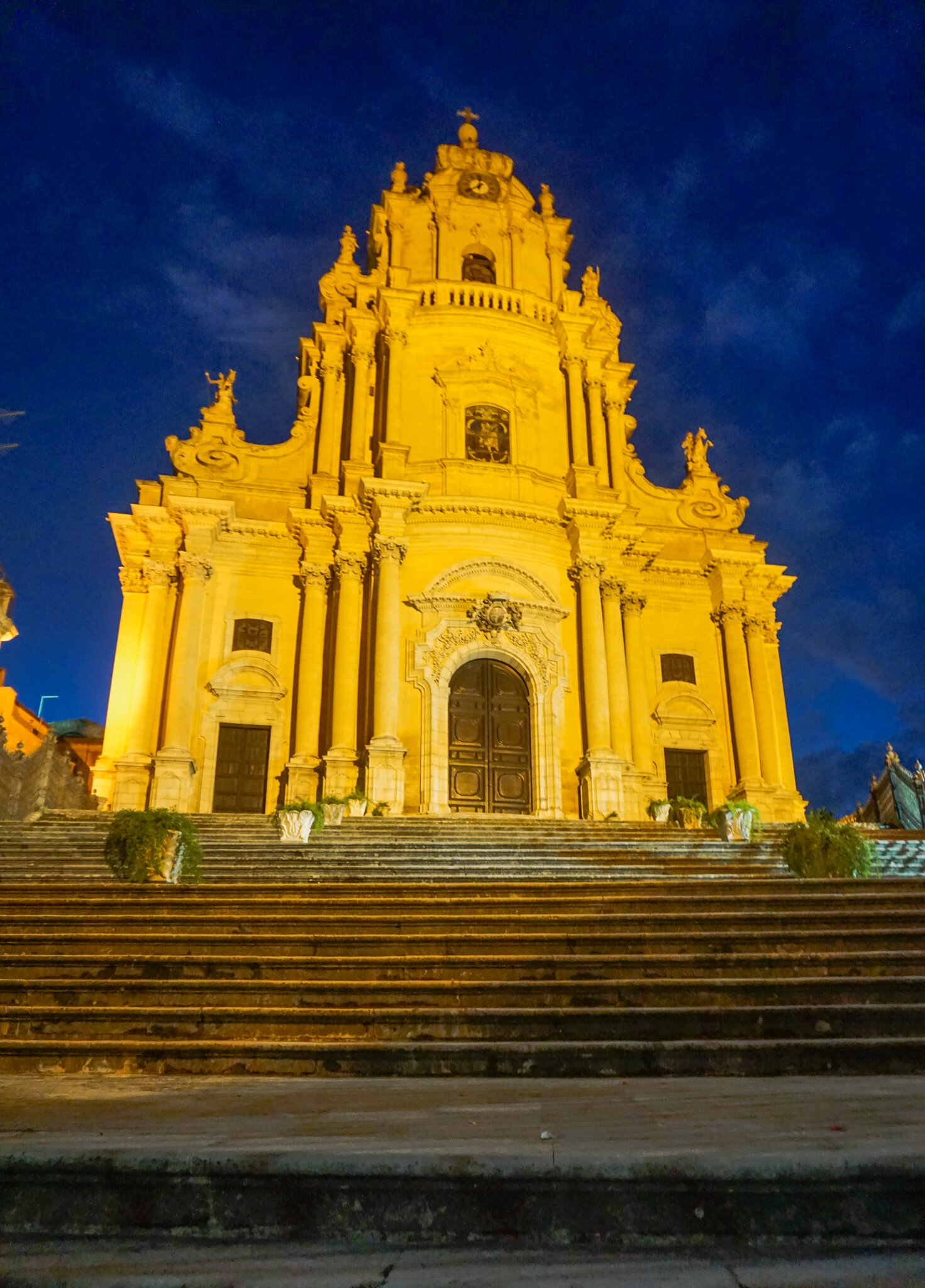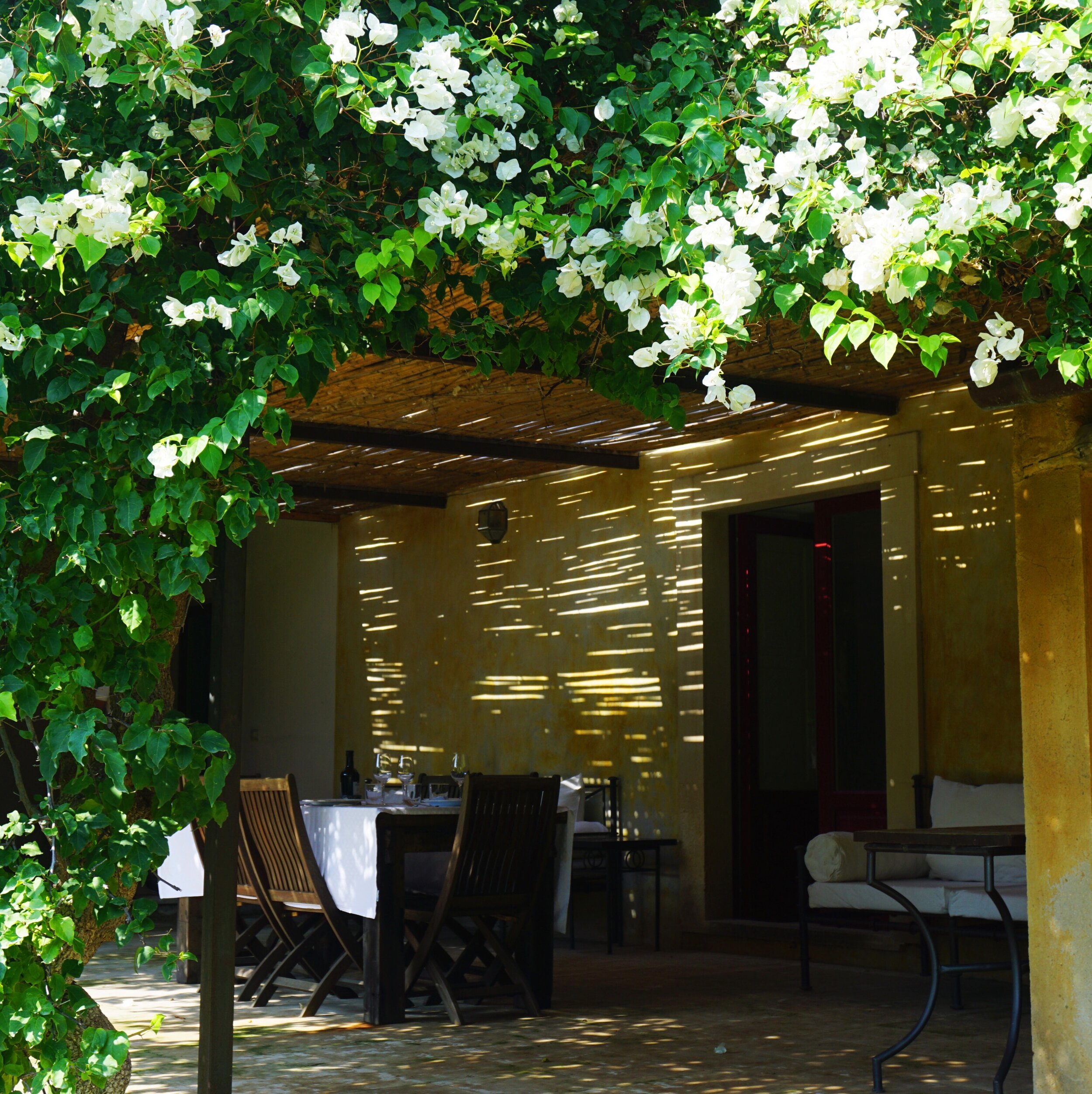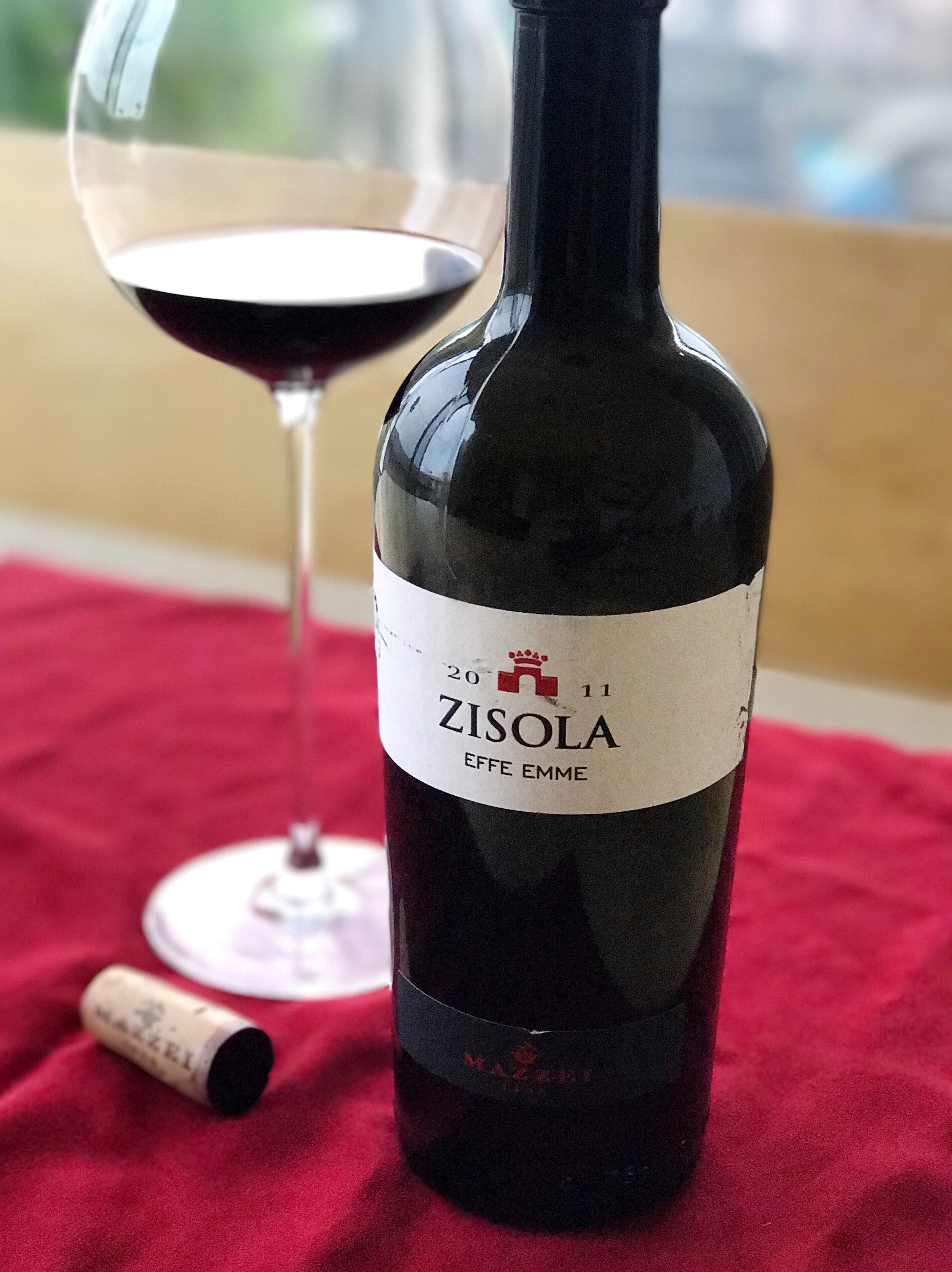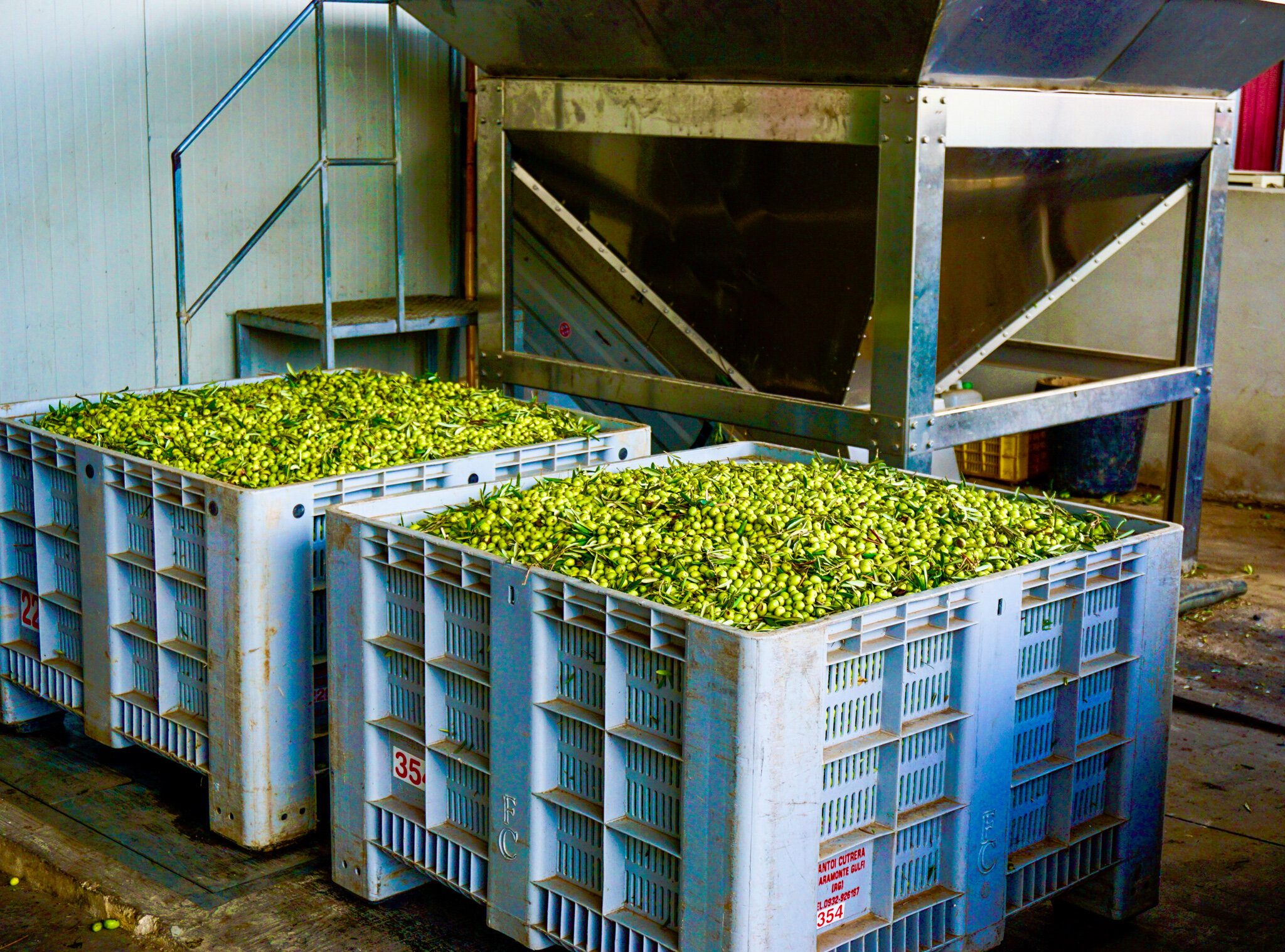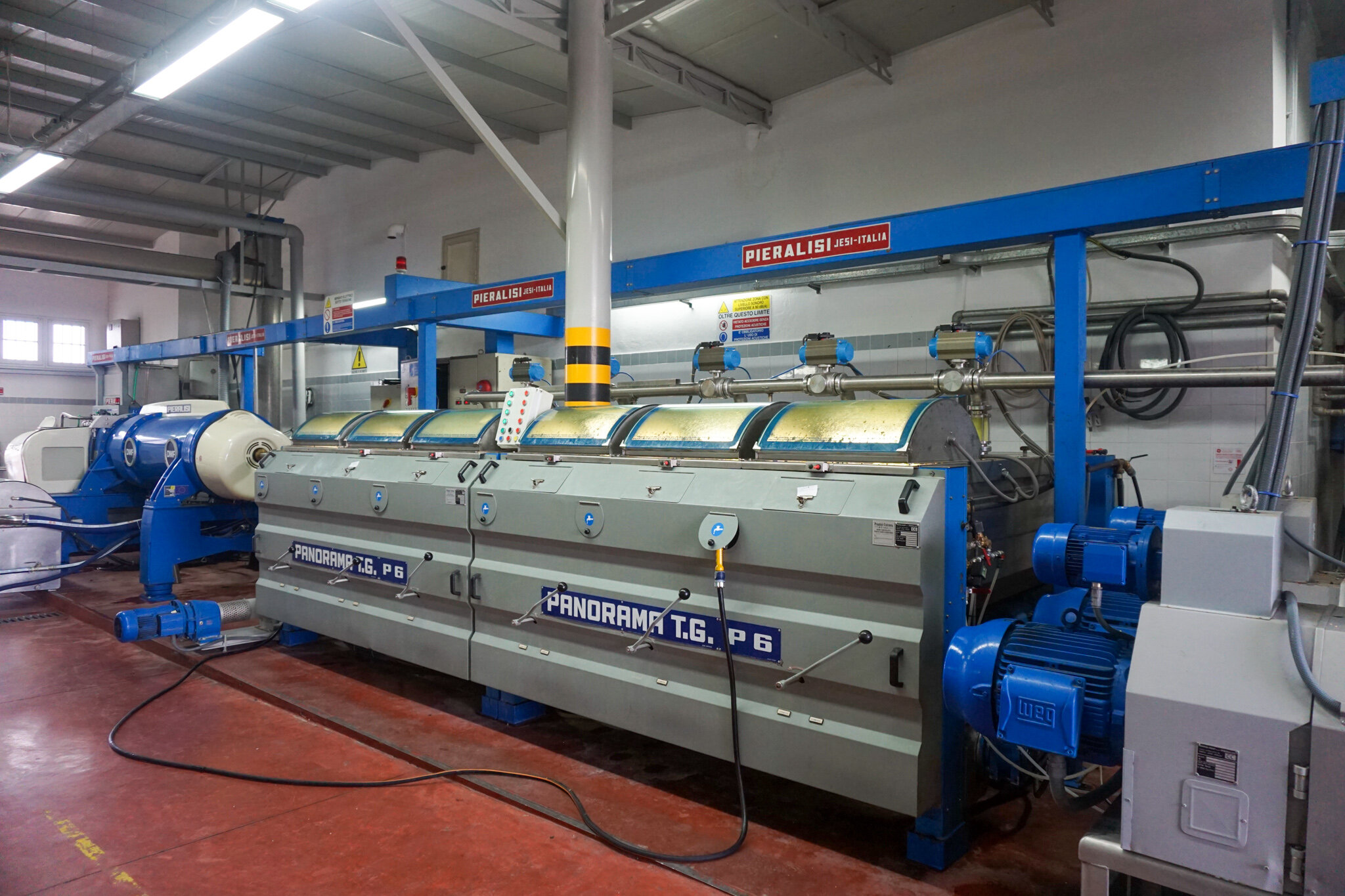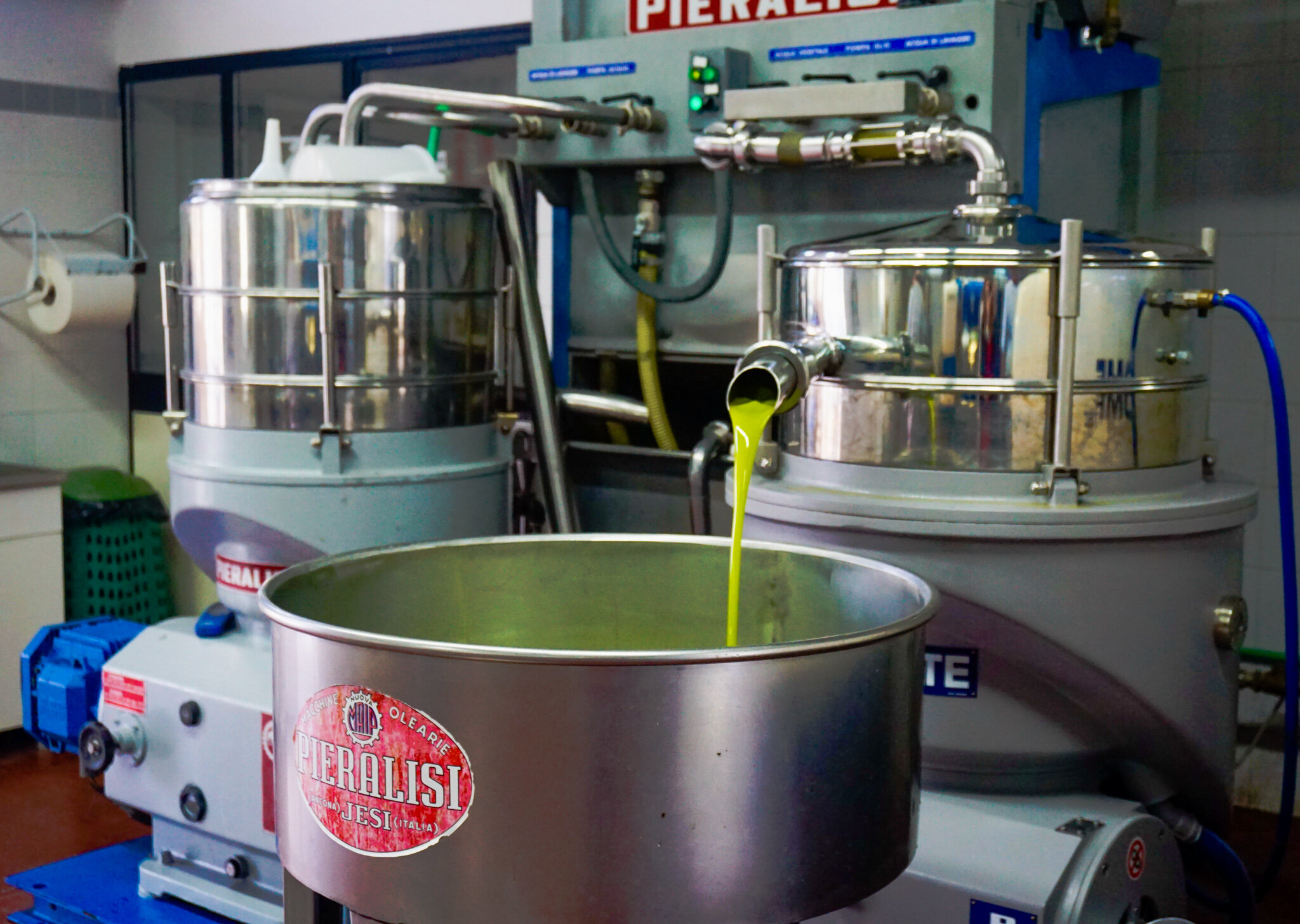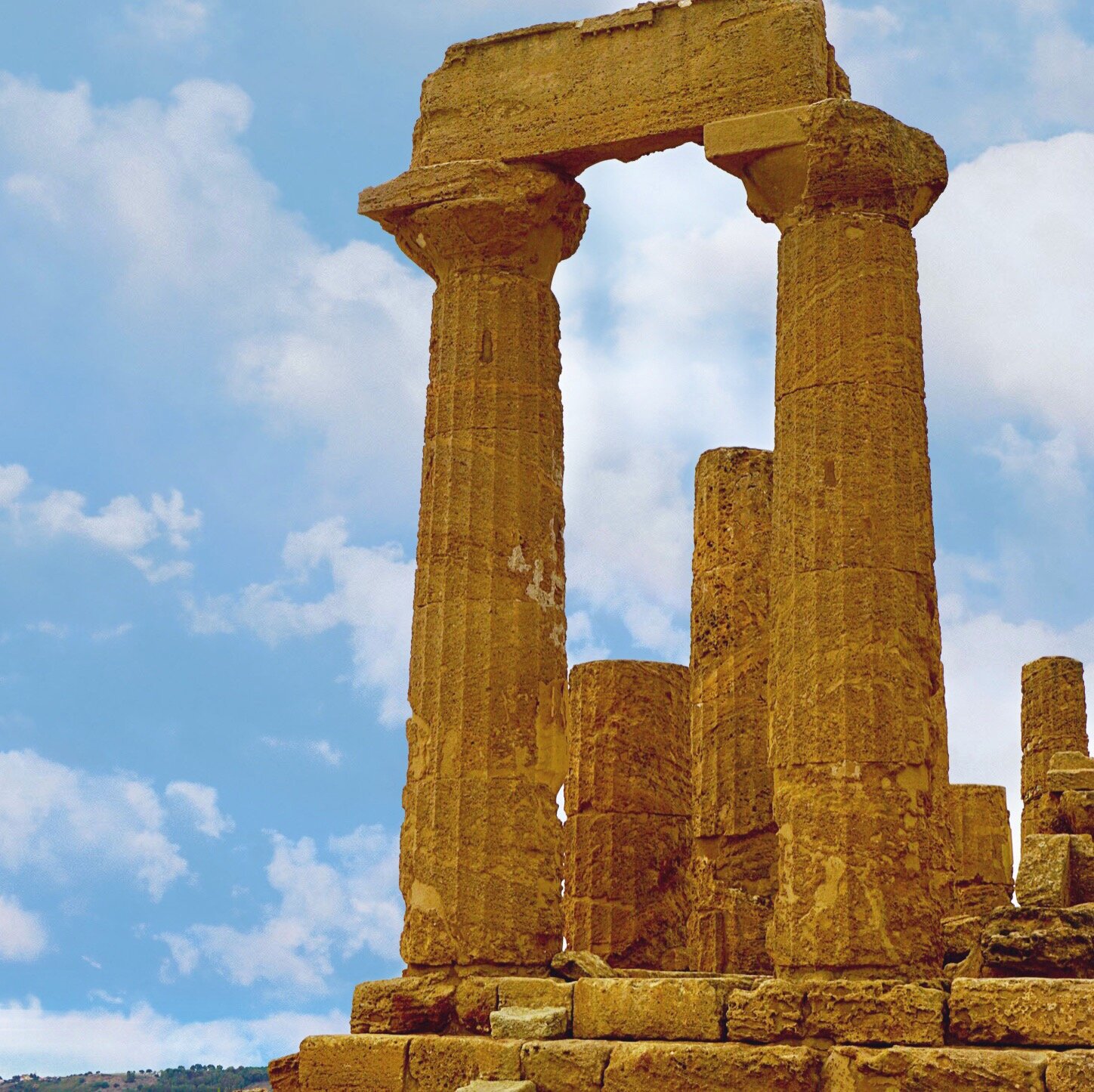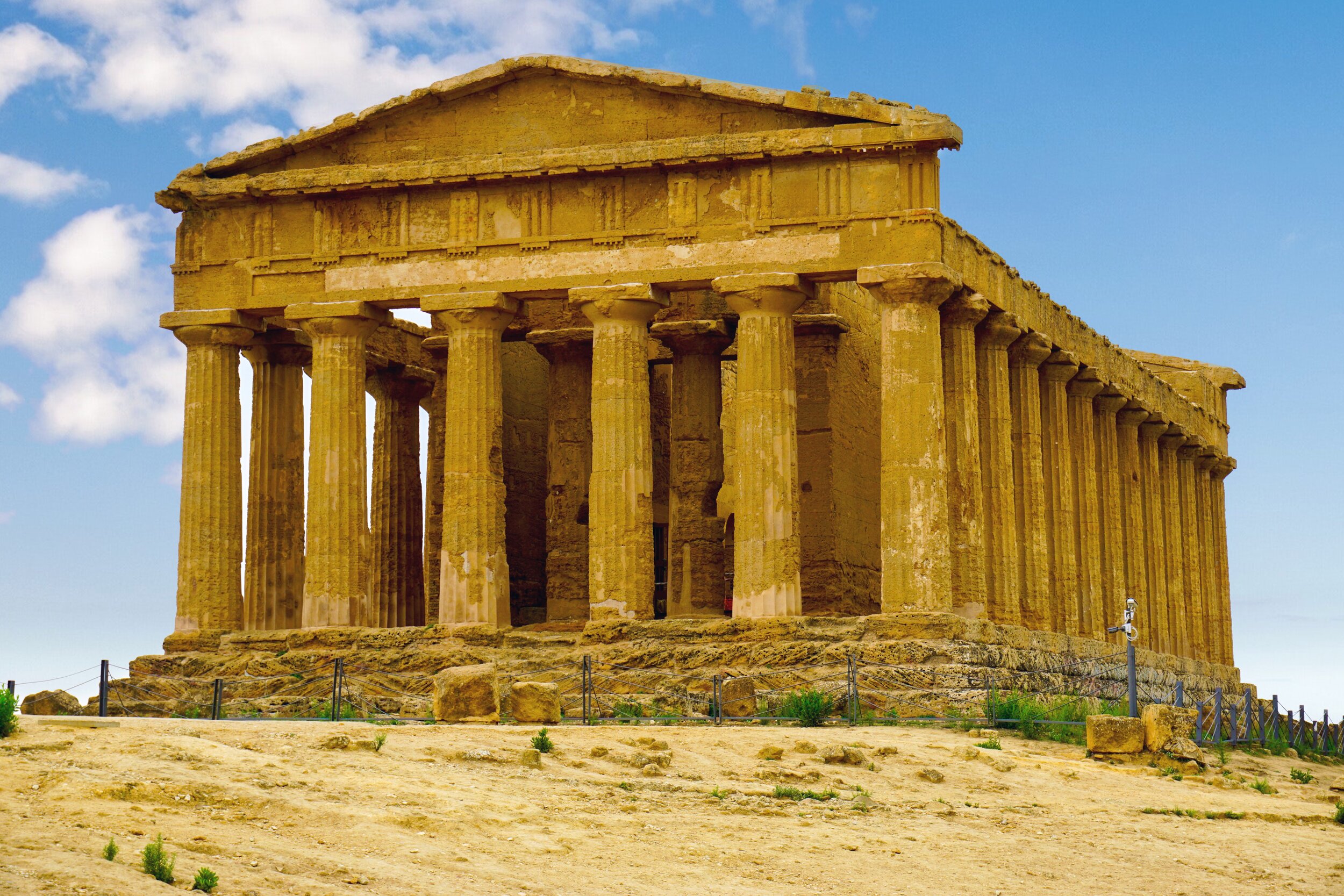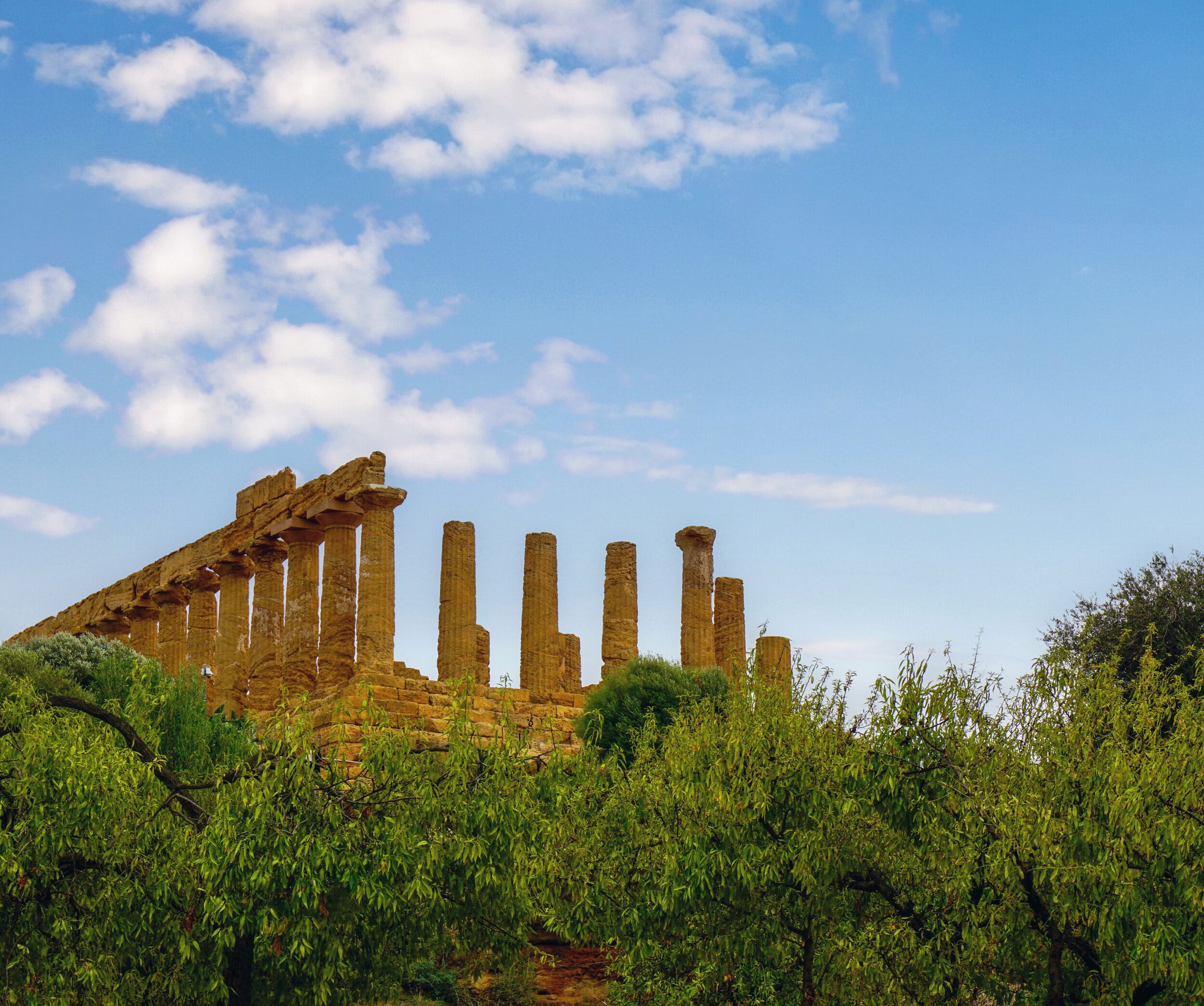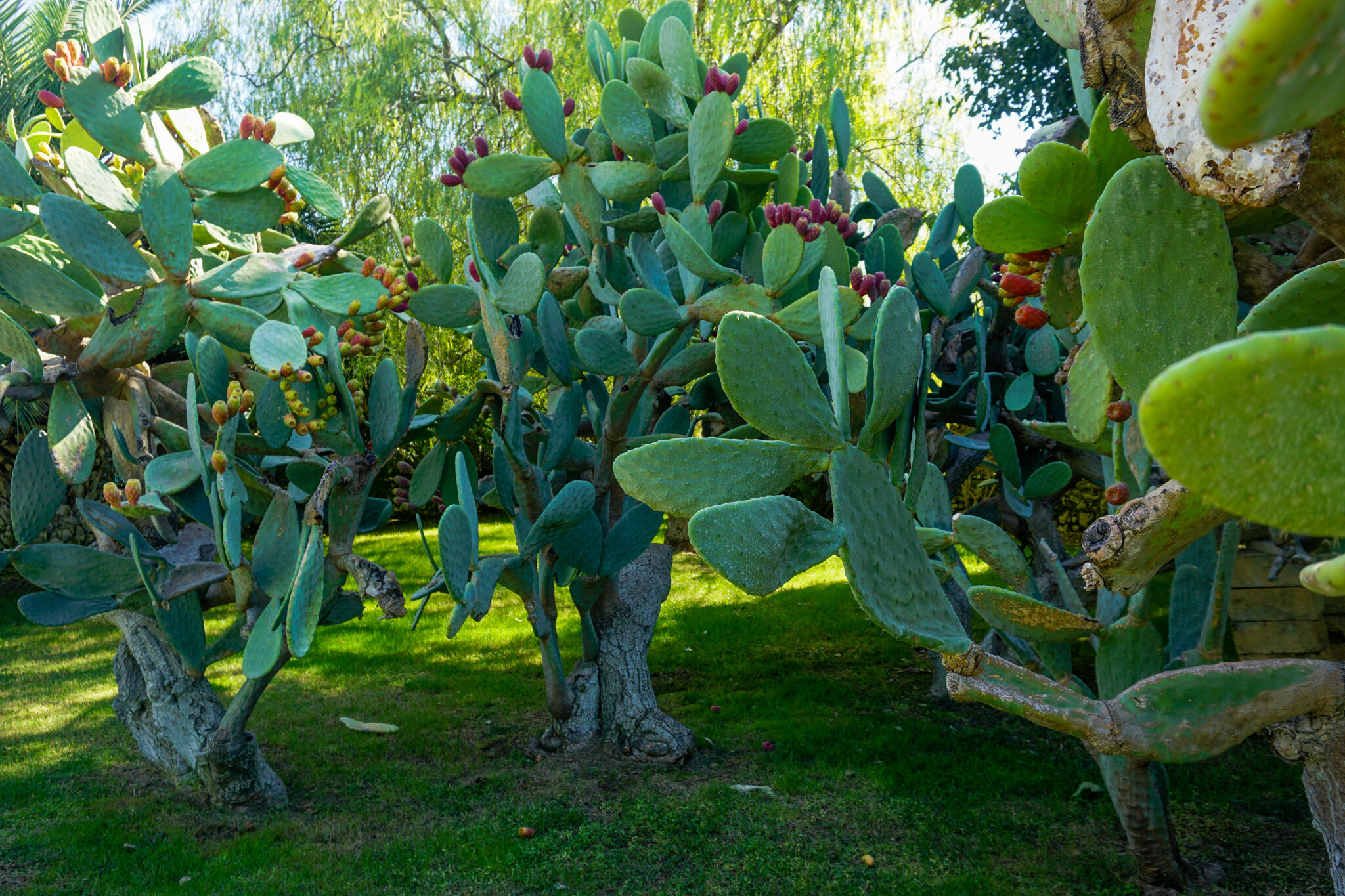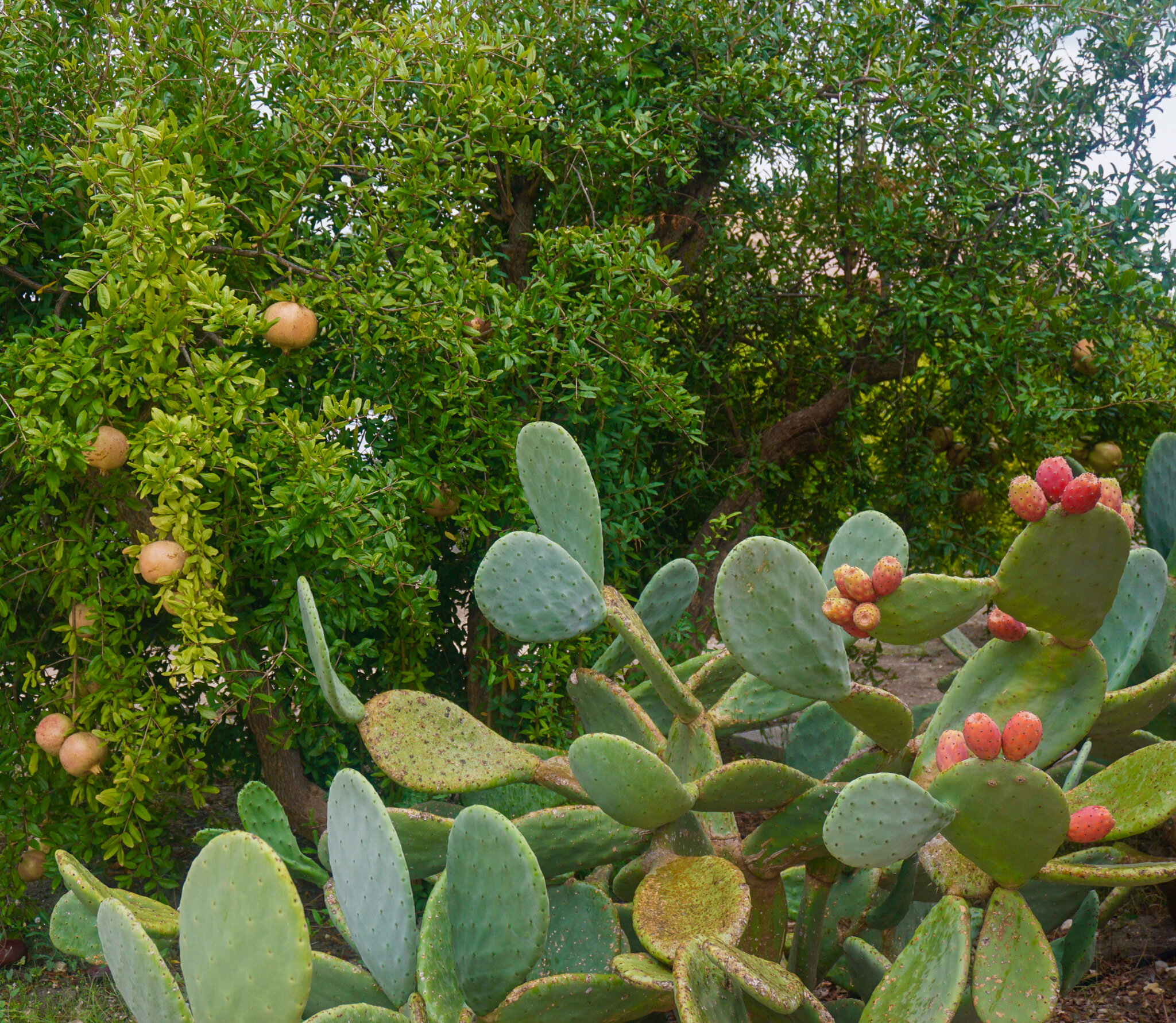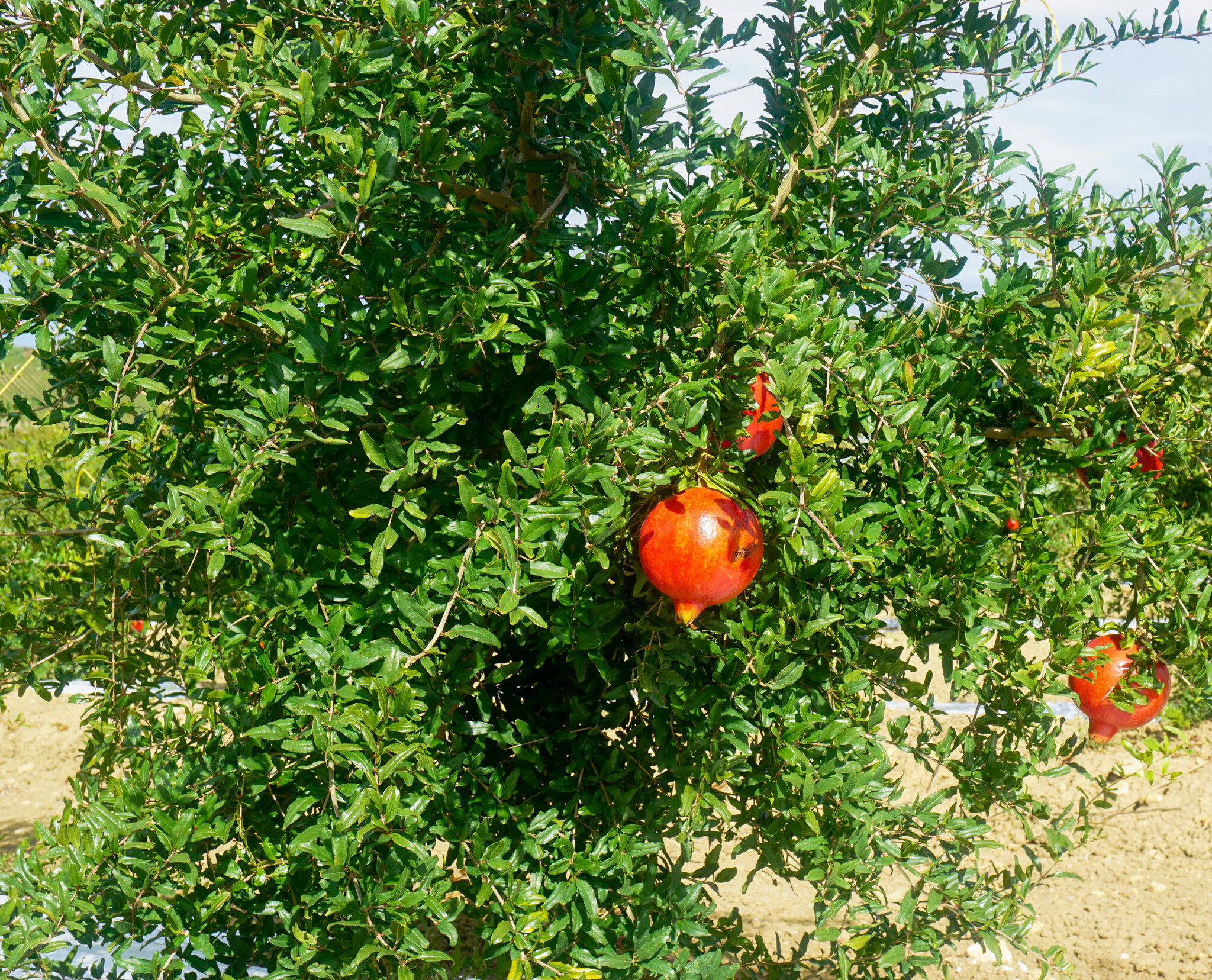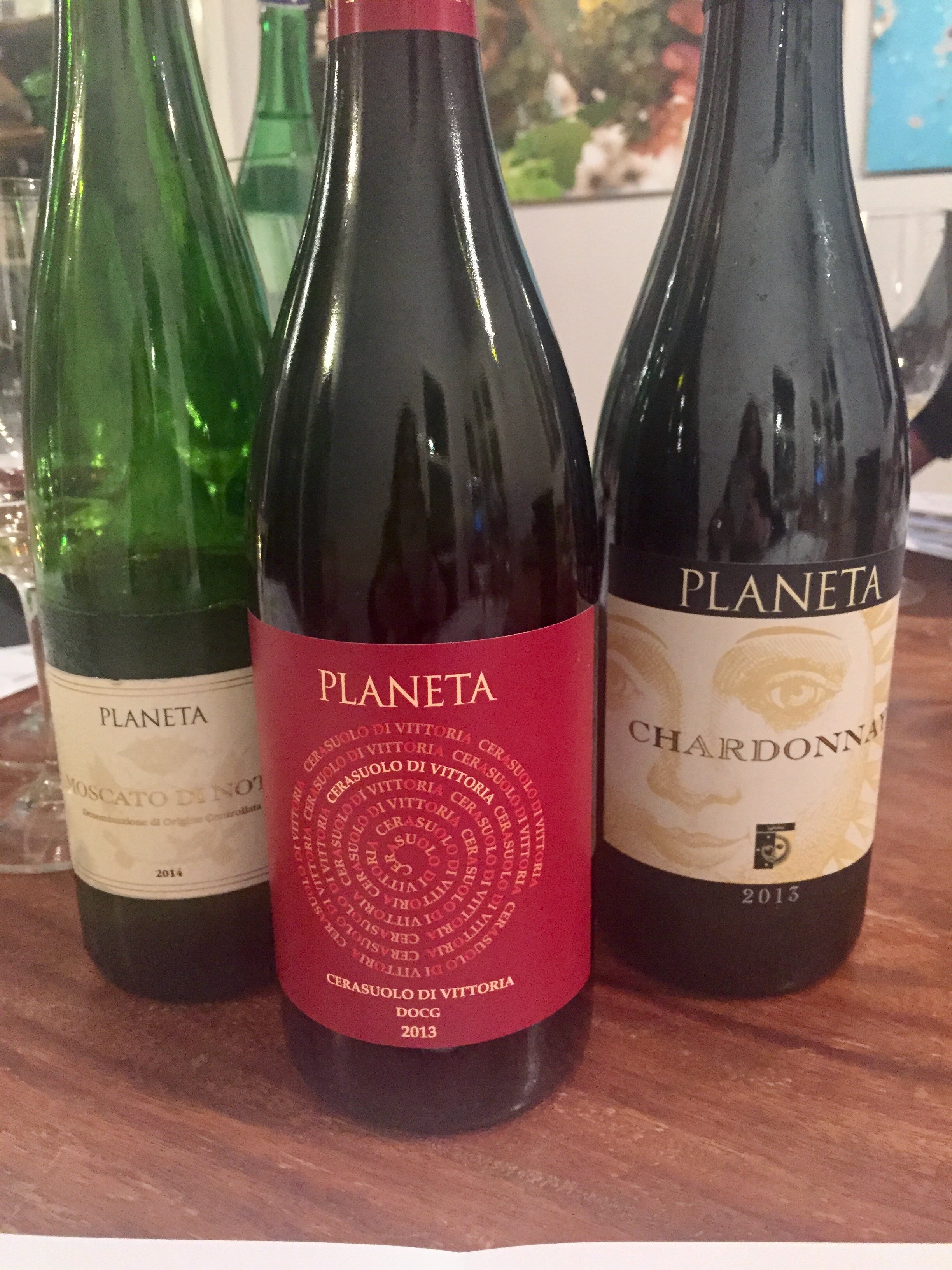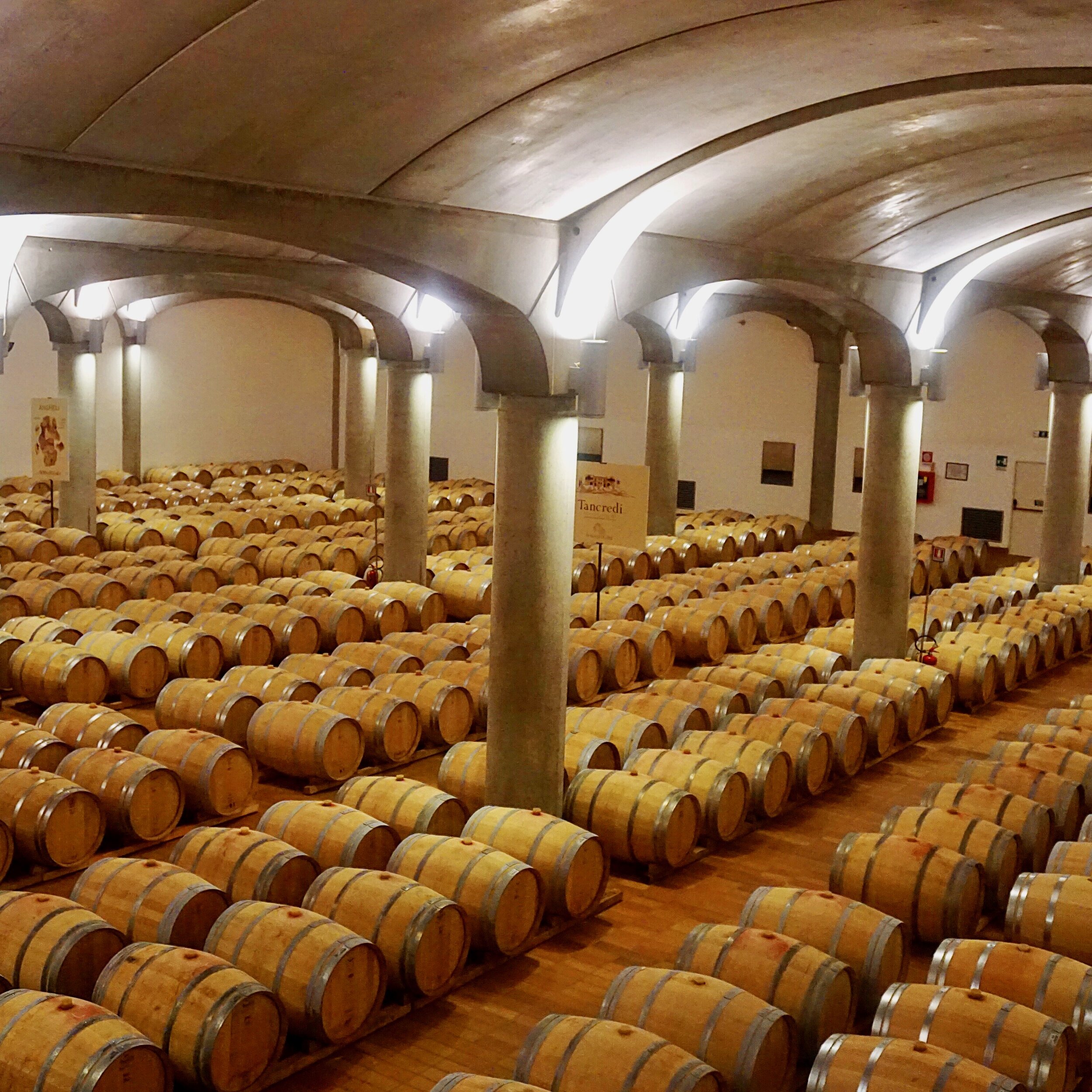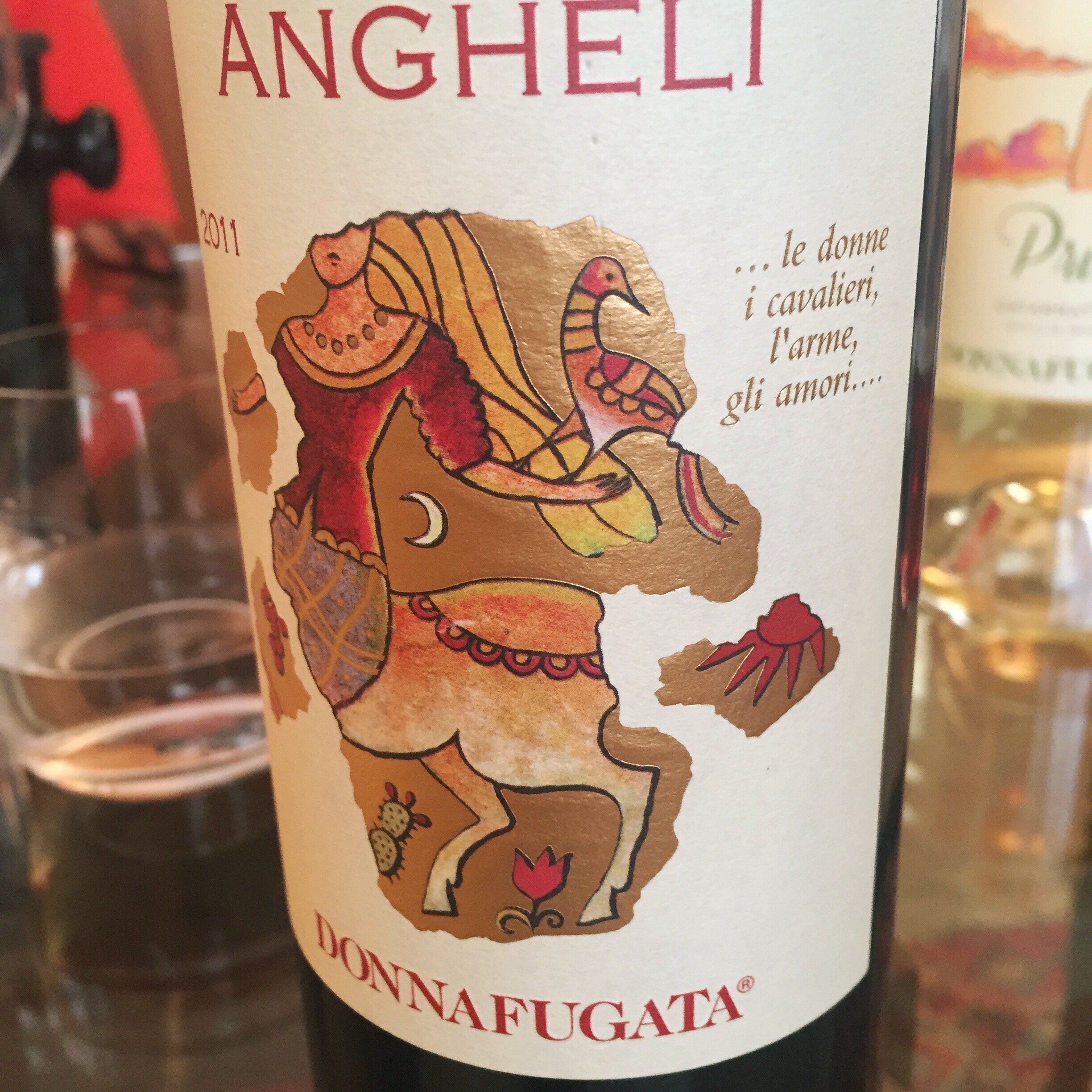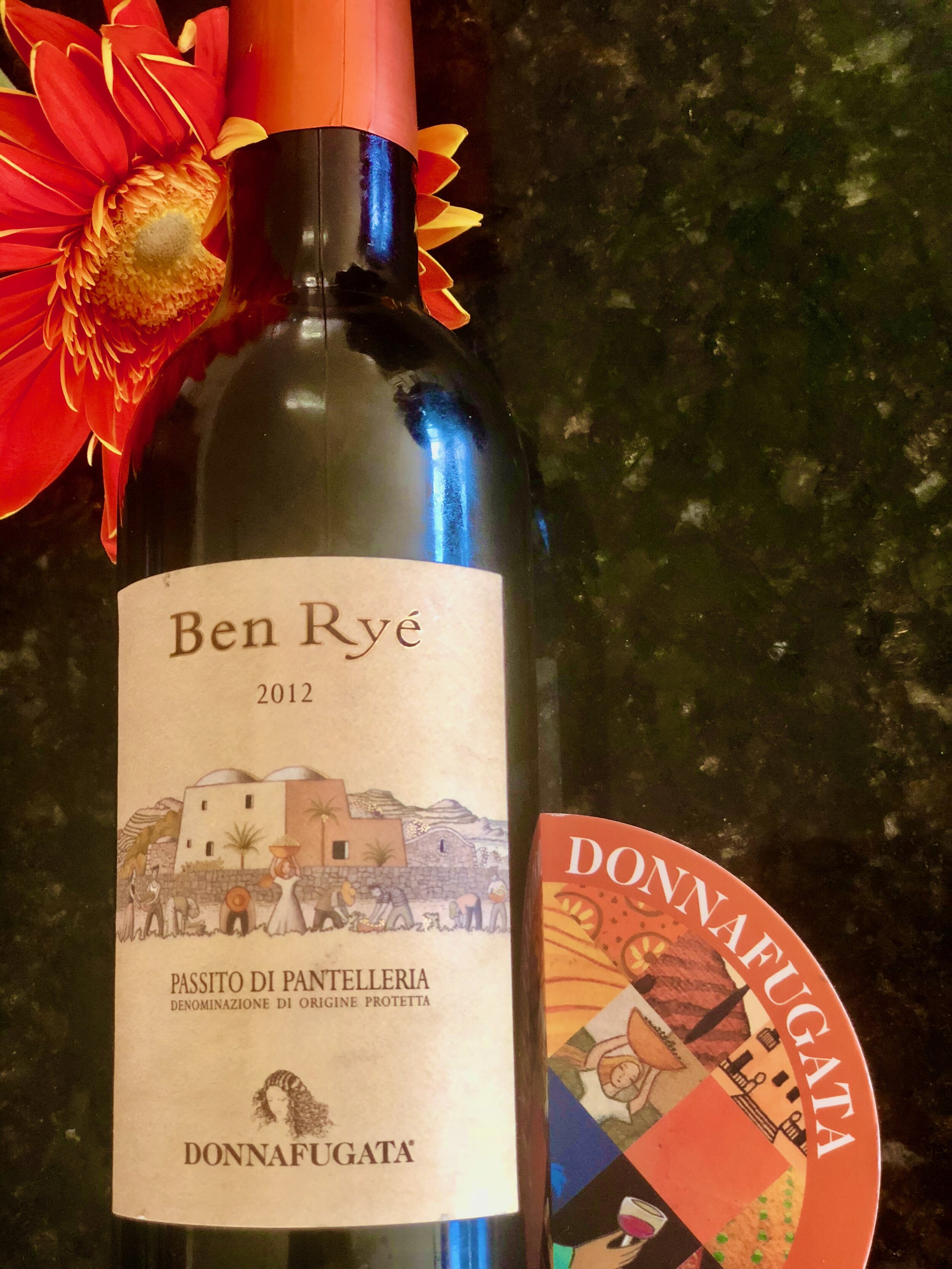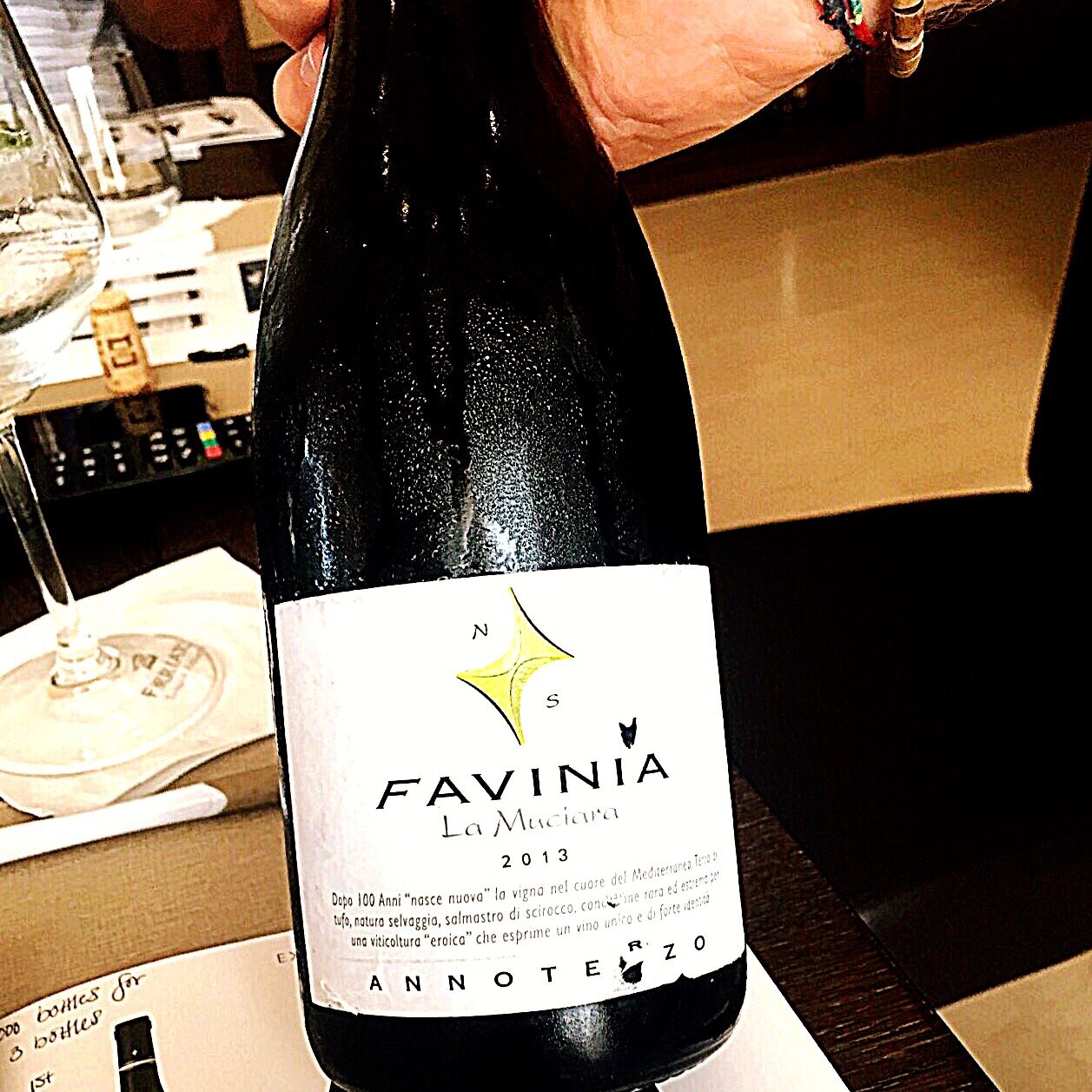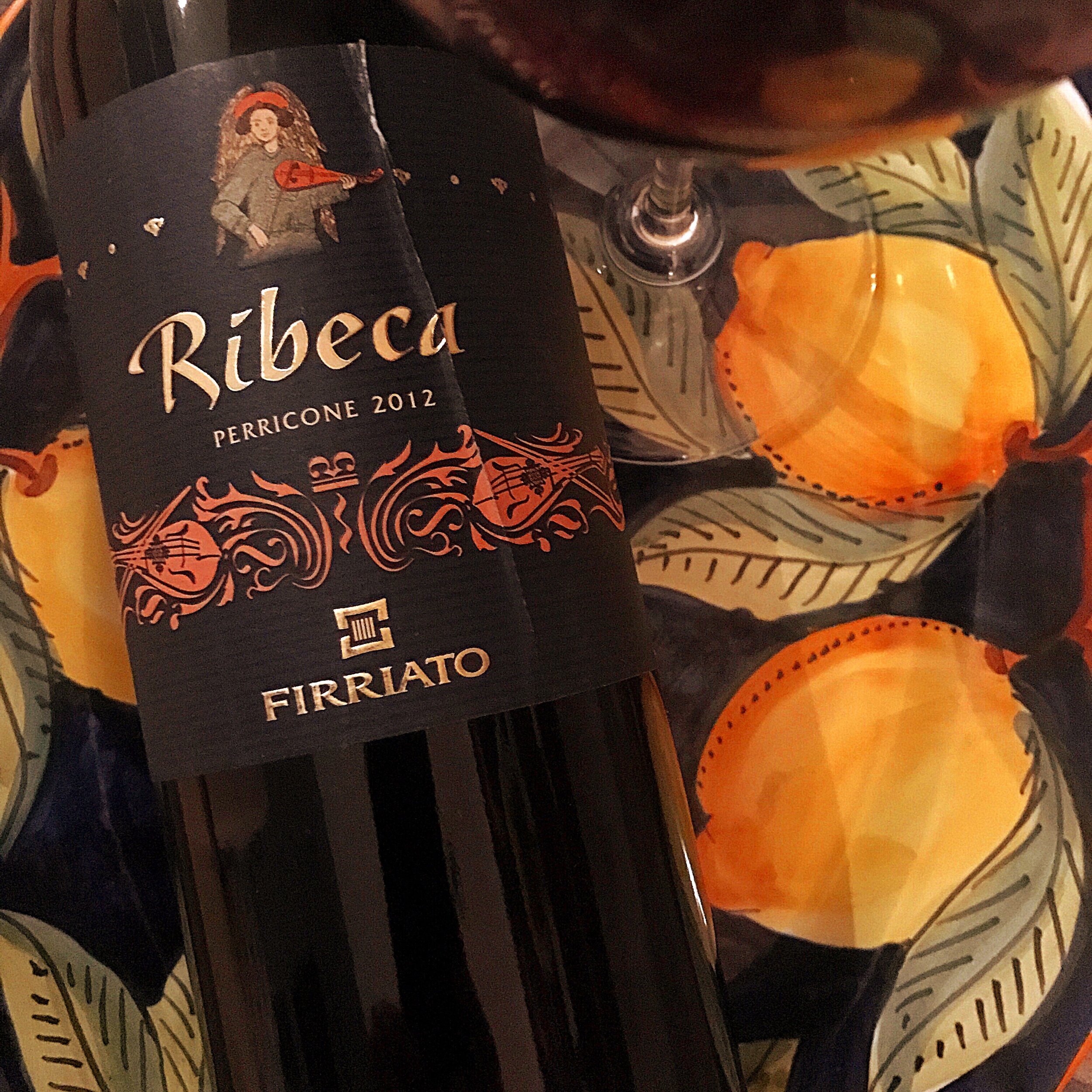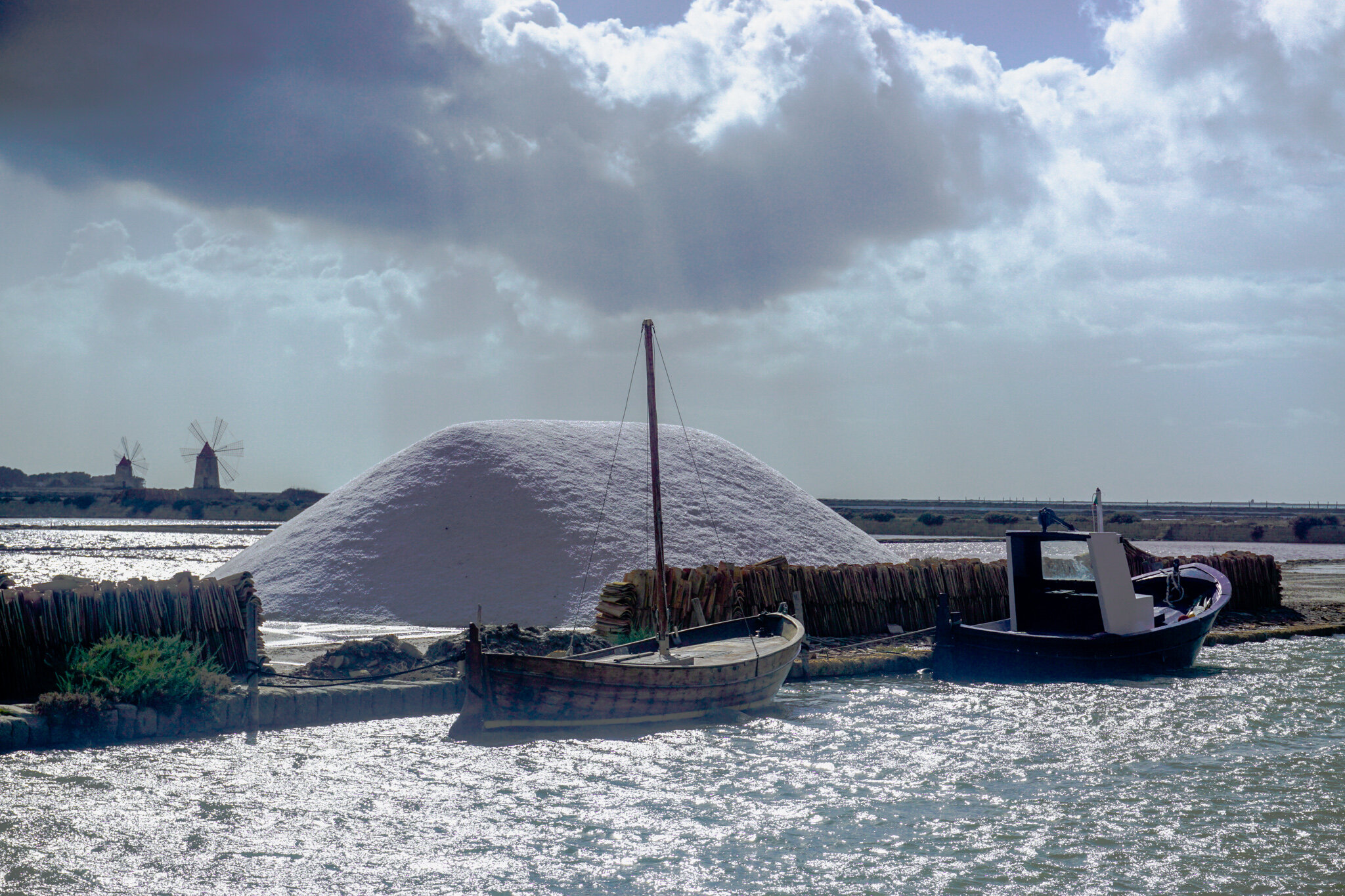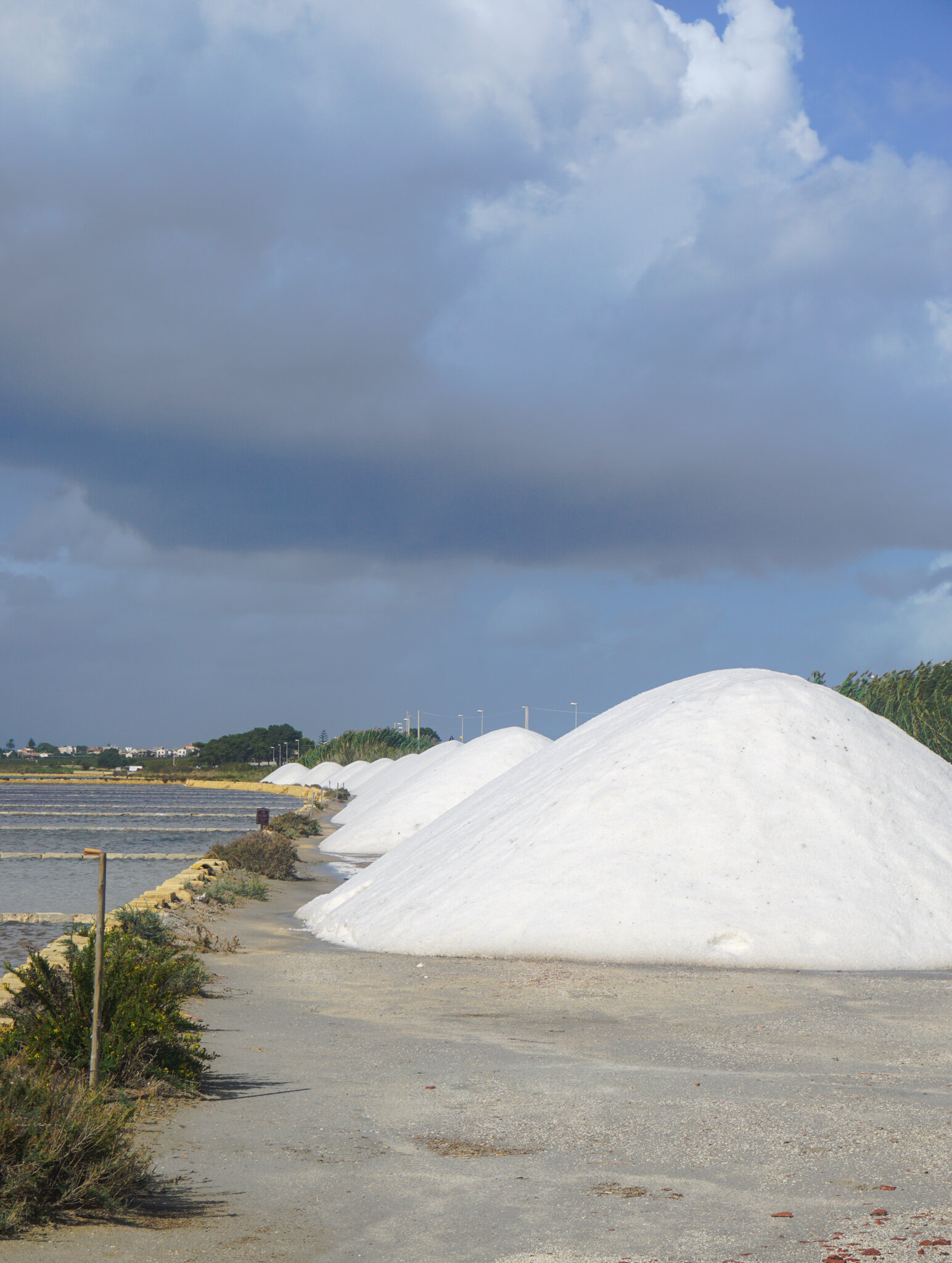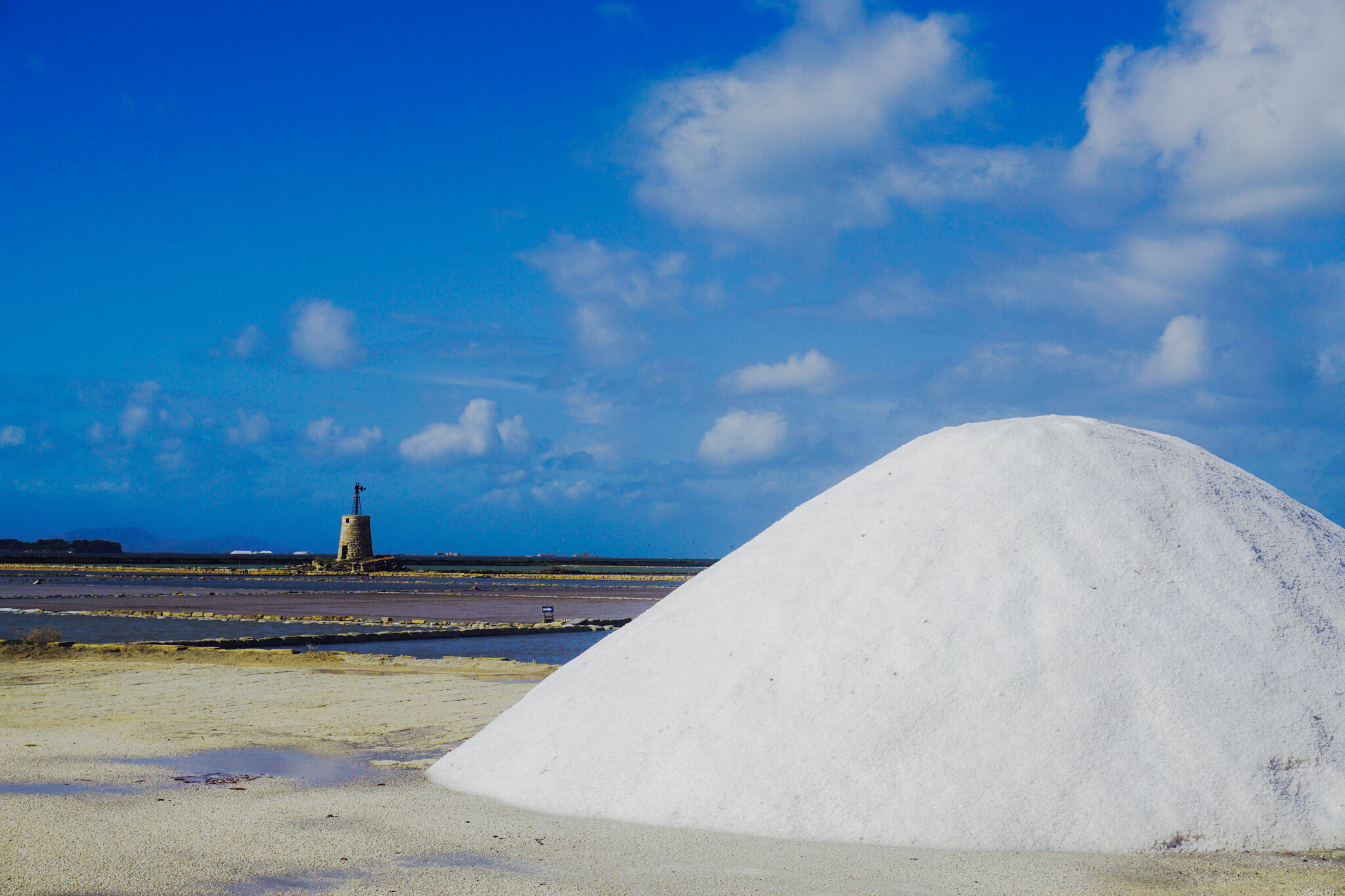Sicily: Travel Guide
Sicily is a destination that has it all; great weather, dramatic coastlines, colorful fish markets, remarkable history, an active volcano, and the most burgeoning wine region in Italy. As a travel destination, I can highly recommend Sicily; it's one of Europe's most affordable destinations. There is a rustic charm to Sicily that sets it apart from other Italian destinations.
If your American, the first thing that may come to mind is scenes from The Godfather; although a great movie, we need to move beyond these stereotypes. I don't even think of Sicily as Southern Italy; I think of Sicily as Sicily. It's hard to explain, but it is physically and culturally detached from the rest of Italy.
Isolated from the mainland on the southern fringe of Europe, it has allowed their customs to be maintained; they even have their own dialect. Sicily is unique because so many cultures over the centuries have heavily influenced this island; from the Sicanians (from whom the island takes its name) to the Greeks, Phoenicians, Romans, Arabs, Normans, Spanish, French, and Germans. You can find a sliver of each of them reflected in the architecture, food, and wine. The wine is so historical it is even referenced in Homer's Odyssey. All this combines to make this place, well, distinctively Sicilian, and a remarkable place to visit.
To help illustrate the point, take the now Catholic Cathedral in Siracuse; it started in 480 BC as a Greek Temple, in the 6th century, the Byzantines converted it to a church, in the 9th century, the Arabs converted it to a Mosque, moving the alter position, the 12th century brought the Normans. The latter converted it back to a church. In 1693 an earthquake destroyed the front half, which was reconstructed in the 18th century with a Baroque facade. Wow - the stories this place could tell.
Beyond the apparent walk through history like the Greek ruins in Agrigento, other unique experiences are worth investigating. You can discover salt flats, walk on a lava flow on Mount Etna, visit an olive oil producer, and taste chocolates in Modica inspired by ancient Aztecs' traditions.
LET'S GO:
You can fly into Palermo or Catania or ferry across from Calabria. We flew into Catania because we knew we wanted to explore Mount Etna. We rented a car and didn't have any issues, but I'd be remiss if I didn't forewarn you of a few things. Sicily is a big island, and driving across it, be prepared to spend a lot of time on bumpy, potholed two-lane roads; let's just say the infrastructure has been a bit neglected. However, the biggest warning is the drivers; we came up with the term "Sicilian Stop." They are almost in your lane before they stop; of course, they don't hit you, but we also coined the phrase, "the horn is your friend." With this said, don't be afraid to venture on your own just rent a small car and channel your inner Mario Andretti.
THE GRAPES AND WINE:
Sicilian wine history primarily focused on Marsala, a fortified wine made in several styles, from very dry to medium-sweet. We did not focus our wine travels on tasting this history. Instead, we followed the wine revolution, which got underway in the '80s with new or revitalized properties and a shift towards quality over quantity. Rather than rip out their unique, indigenous grapes, several winemakers have embraced them and applied best vinification practices to spectacular results. They also introduced new grape varieties and moved away from others widely grown to produce bulk wine. Today, it is one of Europe's most exciting wine regions, blessed with a combination of abundant sunshine, varied terroir, good indigenous grapes, and investments.
There is a handful of grapes you should know;
Whites:
Grillo is grown in many locations and can produce flinty and mineral dry white wine. You'll find citrus aspects with hints of herbs. You need to purchase Grillo from reputable producers. It has a higher sugar content than the other white grapes, which can create high alcohol wines. With knowledgeable winemaking techniques, it can create complex white wines with great longevity.
Catarratto is one of the most planted grapes on the island, BUT it's used to produce bulk wines. In my opinion, it's pretty bland on its own and better off in a blend.
Carricante, on the other hand, can be fantastic! It's grown on Mount Etna and is the primary grape in many Etna Bianco's. Adjectives for this grape range from savory, briny, salty to stony. The wines are high in acidity and relatively low in alcohol, which makes them racy and refreshing.
One thing to note; wines labeled Etna Bianco are required only to be 60% Carricante, while those labeled Etna Bianco Superiore must be 80% Carricante. Although Carricante is the main variety used in Etna Bianco DOC, you'll see other non-aromatic grape varieties blended in too; Minnella and Trebbiano.
Reds:
Etna's reds are dominated by Nerello Mascalese, with a supporting role played by Nerello Cappuccio. Both grape varieties are indigenous to Italy, and their vineyard acreage is mostly limited to the mountain slopes. Nerello grapes are genetically related to Sangiovese and produce well-structured wines. Cappuccio helps soften Mascalese's tannins and adds color. If you enjoy Pinot Noir, this is a lovely alternative to try. It's usually a medium-light bodied wine with a fair bit of acidity. There's plenty of fruit; red cherry, strawberry, which leads into spice—a recommendation for your Thanksgiving table.
Nero d'Avola is the most widely planted red grape on the island, an indigenous variety. Its popularity is due to its appealing black cherry and plum fruit backed by relatively smooth tannins. This full-bodied wine is also a great value wine.
Frappato is typically blended, although it can also be bottled on its own. This lighter style wine has sweet-smelling fruit flavors, like the pomegranates that grow all over the island, and has a sour strawberry flavor.These lean toward easy-drinking wines with supple tannins.
Cerasuolo di Vittoria is a blend of Nero d'Avola and Frappato. Cerasuolo means "cherry-like"; this fruit emerges in the aromas, along with rose perfumes, and there are soft, silky tannins, thanks to the Frappato.
Exploring the Wine and Travel Guide:
We stayed in three different parts of the island, combining wine regions with places of interest. I thought I'd present them to you in this fashion to make it easier to decide how to explore the largest island in the Mediterranean.
The wine tasting experience in Sicily is still a very intimate one, where wineries are not only excited to have you visit but will seek your input as to how they compare and can improve. There are big and small up-coming producers. We focused on wineries where you will most likely find their wines in the States. In visiting many of the wineries, it is appropriate to schedule a visit in advance. Most will offer a group tour, but you can request a private tasting. As well many offer a food and wine pairing option, which I would recommend pursuing.
MOUNT ETNA AND SURROUNDING:
Before jumping into a wine tasting, I definitely recommend hiking on a recent lava flow. There are only a few places in the world to see this kind of devastation and what it looks like as the land comes back to life -- a truly remarkable landscape.
The volcano isn't the only thing exploding on the island; wine production is igniting with big-name Italian producers from Tuscany and Piedmont, also forming a presence. The wines of the Etna District in northeastern Sicily are the ones that garner the greatest attention. The volcano peaks at about 11,000 feet with vineyards from approximately 1,900 to 3,300 feet in elevation. Etna's vine-growing area offers a generally colder climate, with significantly more rainfall than the coastal areas, and a notable temperature swing between day and night.
In 2000, there were fewer than 15 producers bottling for commercial sale on Etna. Vineyards with vines 50 to 100 years old are being brought back to life, and wineries across the island seem to have a vineyard on the mountain. Today, there are more than 100 wineries, but in no way is it a guarantee of success. It's a challenging venture for a grape grower and one of extreme viticulture, both in steepness and weather conditions, and let's not forget the volcano is active.
Graci winery is situated on Mount Etna's north slope near Passopisciaro, found in an area where viticulture dates back several thousand years. Graci's vineyards were planted more than 100 years ago with Nerello Mascalese, grown without trellising, in the alberello ("little tree") style. They look sort of like shrubs, twisting, and bending however they please. Aiello Graci is now in a 50-50 partnership with Gaja. The plan is to explore the potential of Etna's southern terroirs in addition to Graci's existing vineyards on the north side of the mountain. His Etna Rosso Arcurìa remains one of my favorite reds to this day.
Others in the area: Tenuta delle Terre Nere, Passopisciaro, Pietradolce, Girolamo Russo
On this side of the mountain, you are not far from the seaside town of Taormina, which combines both scenic beauty and history. The castle on the hill looms over the city, which is perched on cliffs with the ocean's most spectacular views. The town itself is one of the more affluent, given its resort focus. Many a tourist comes here for tours of the locations where the filming of the Godfather took place about thirty minutes north. We stayed in town and explored the ancient amphitheater built in the third century BC. Today it is frequently used for operatic and theatrical performances. I wish we had been here for anyone of these concerts; Elton John, Sting, Simply Red, Duran Duran, John Legend. You get the picture; if you can catch a concert, I'm sure the acoustics are out of this world.
Benanti winery is on the southeast side of Etna and closer to Catania near the town of Viagrande. The surroundings are completely different, filled with citrus groves and rustic villas. It's an excellent comparison to the northern side. The winery was created in 1988 by Giuseppe Benanti, who revived the family's old passion for winemaking that had started in 1800. The winery is famous for its white Pietramarina made from the Carricante grape variety; a suitcase wine. It’s Etna Bianco’s are mineral and lively, value wines that are top-notch.
Others in the Area: Terra Constantino
As I mentioned, we flew into Catania. At first, the city may seem gritty, but then you realize the buildings are a dark grey color from the lava rock used to build them. Catania makes up for its shadowy hues with the vibrancy and atmosphere of its colorful markets. Be sure to catch the morning fish market; there is a lively crowd haggling for the best buys' and freshest fish. People gather in the old town center around the Piazza del Duomo, and the Cathedral of Sant'Agata is worth a peek inside. When in Catania, it would be a shame not to partake in eating cannoli. There's a thriving cafe culture, and Sicily is famous for this pastry, so make sure you have a sampling.
If you want guide to take you on a day trip to Mount Etna with a wine tasting, use this tour from Get Your Guide.
Southeast:
Sicily's southeast corner offers lower elevation and higher temperatures than Mount Etna. That makes it prime red wine country and the source of Sicily's only DOCG, Cerasuolo di Vittoria.
Cerasuolo di Vittoria is a red wine blend that must comprise 50%–70% Nero d'Avola with the balance filled by Frappato. The Nero d'Avola brings color, structure, and depth to the final blend, while Frappato offers aromatics and freshness. Wines brim with red berries like strawberry and cherry, underscored by hints of licorice and leather.
We visited Gulfi and Arianna Occhipinti in Cerasuolo di Vittoria.
Gulfi is a modern winery with a location that looks out over the valley below. They have 170 acres of certified organic fruit. After touring the winery, you are treated to a food and wine pairing in their restaurant, one I believe was one of the best of our visits.
Arianna Occhipinti's story is an inspiration, learning about wine with her Uncle Giusto (the "O" in the winery COS) and later studying enology at the University of Milan. She started at the age of 21 with an acre around her family's summer home. In 2004, she purchased acreage and bottled her first vintage in 2006. Today she has 60 acres with a winery and three lines of wines.
It was positively a treat to meet her and tastes these wines. Arianna values the biodiversity in the vineyard and allows each vintage to express that year's traits, without manipulation. She doesn't use the term natural wine, just stresses that a good wine reflects the terrior. She farms biodynamically with no irrigation and produces her wines with no punch-downs or new oak. If you can’t get there for a visit, you still must try these wines. I’d say she single handly put Frappato on the wine map.
This region is near what is collectively known as the Val di Noto, UNESCO protected for their architectural importance. In 1693 a 7.4 earthquake hit southeastern Sicily; 54 cities and 300 villages were severely damaged. The towns in this area rebuilt in a distinctive form of Sicilian Baroque architecture using a bit of glitz and decorating with chubby cherubs. The eight towns include; Caltagirone, Militello Val di Catania, Catania, Modica, Noto, Palazzolo, Ragusa, and Scicli.
Modica is the village known for its chocolate made with an ancient recipe passed down from the Aztecs. Noto is a Baroque masterpiece where the entire town glows in amber color with local limestone buildings. We stayed in the city of Ragusa, where only the views outshone the architecture.
Regusa is divided into the new town (upper) and old town (lower). We stayed in the new and walked down the 200 steps everynight for dinner. The town has become known for its gastronomical achievements, with the first restaurant in Sicily to be awarded a two star Michlin rating. We decided to check out Duomo with local celebrity chef Ciccio Sultano. It was an amazing expereince, with 11 courses paired with wine. He takes the classic flavors of Sicily and puts a modern spin on them delivering these bite-sized morsals of goodness. I was so full, we had to cab back up that hill.
One of our favorite winery visits near Noto was to Zisola, owned by Tuscany's Mazzei family. We were lucky to have a private tour with the winemaker wandering the vineyards and learning the unique microclimates. We followed this with a relaxing lunch at the family's estate, where we dined under the vine-covered patio sampling their olive oil, eating pasta, and tasting four different wine varietals. The setting could not have been more idyllic, capturing the true expression of the Sicilian experience. I enjoyed the Doppiozeta, which is a blend of Nero d'Avola and Syrah. We ended up with Effe Emme coming home in our suitcase for its uniqueness, and something we wouldn’t find at home; 100% Petit Verdot.
Others in the area: Feudo Maccari
Although we've traveled all around Italy and Spain on previous trips, this was the first time we visited an olive oil producer. Similar to wine, various olives produce very different types of oil. Also, it seems everyone has their favorite type of olive and producer. Frantoi Cutrera was highly recommended to us, and as it turns out, they import a great deal to the states. They've been producing olive oil since 1906 through four generations.
We learned that the green grapes produce less juice but make for much better olive oil. Whereas the red olives create a higher yield, but not of the finest quality. The harvest is typically later than wine, and we hit the middle of harvest time in mid-October. Similar to grapes, the first step of the process is to go through a de-stemmer. They then press the olive to make a paste, followed by a machine that pulverizes the olive to produce the oil. The oil then goes into steel vats, where it needs low light, 18-degree temperatures, and no oxygen. It can remain in tanks for up to a year before being bottled. Frantoi Cutrera produces several different varieties from lite to strong; we enjoyed the medium flavor, which happened to be the"primo" variety.
Central and West Coast:
As you make your way across the island, it’s definitely worth making time to see the Greek ruins of Agrigento. This UNESCO Heritage site is referred to as The Valley of the Temples and is one of the is the largest archaeological sites in the world. It’s crazy to think that these well-preserved temples were built around 500 BC. It’s position looking down across the sea must have been strategic, now you can take in a spectacular Mediterranean view.
From there, we stayed in a lovely countryside setting near Menfi at the Planeta Resort, The Foresteria. We used this as a home base to explore. The hospitality was outstanding, and they will be happy to set up a private tasting, a visit to an olive oil producer, or a cooking class experience. I couldn’t get over the beauty of all the floral and vegetation; you are surrounded by olive groves, pomegranate trees, and flowering cactus. After an evening dining on the terrace, the stars came out in full glory, to finish off the night in splendor.
Whether staying there or not, Planeta Winery is a must-stop for its history and influence on the Sicilian wine industry. Diego Planeta was a leader in transforming Sicilian wines from quantity to quality. It is a fantastic place to taste the unique terroir found at their six different vineyard estate locations and try the indigenous grapes that grow in each site.
Also, in the central area of the island is Tasca D'Almerita. We did not make it there but can definitely recommend their wines.
Traveling to the west coast, between Marsala and Trapani, you’ll find Donnafugata and Firriato. These two producers have vineyards all across Sicily including some unique vineyards, both growing grapes on small islands off the coast where the winds are unrelenting, and the harvest is transported back to the winery by boat.
Donnafugata
The name “Donnafugata” in Sicilian means “the woman who fled.” I was excited because LeDonne, meaning “the women” but also our last name, was printed all over their beautiful and brightly covered labels. We learned the family history while touring the winery and then settling in for lunch and a tasting of so many wines. What came home with us, and remains on our Holiday table ever since is their delicious Ben Rye. Grown on Pantelleria island, it’s made in the passito style where the grapes are dried to provide that deep concentration of fruit, making for a rich sweetness of honey and apricot.
Firratto
Like Donnafugata, they also experiment with island-grown wine, on the island of Favigna. After trying several grape varieties, they were able to find a grape that could withstand the salt from the sea; Calamoni. We bought this white wine, Favinia, for its uniqueness and salt flavor. We also enjoyed a food pairing and came to know of the tuna fishing off the sea of Trapani. They make a Spumante wine, meaning it ferments in the bottle, from grapes on Mount Etna. They are one of only four producers who make wine from the Perricone grape, so the Ribeca came home in our suitcase.
The "Salt Road" is between Marsala and Trapani, you'll traverse along flat, shallow pools until you come upon shimmering heaps of salt and windmills. The salt from these marshes is considered the best in Italy and was once big business in the 12th century. It was something unique to us and fun to learn about the process. We still purchase Sicilian sea salt to this day.
As I conclude, I did want to say we did not have the chance to uncover Palermo and the island's northern side. However, this makes a good reason for a return visit (as if we needed one). I hope this gives you an understanding of why when people ask me for travel destination recommendations, Sicily is always on the list. For the wine traveler, Sicily must be on your list to explore.

